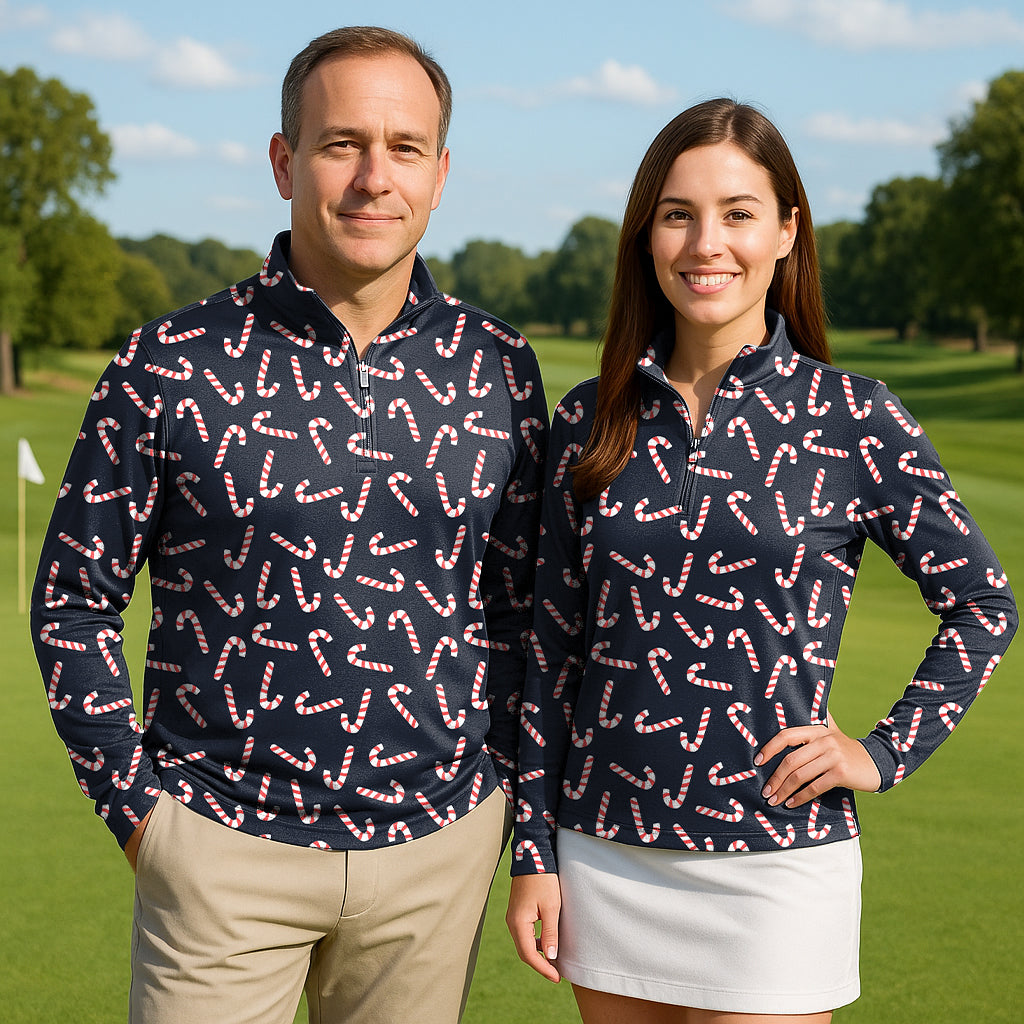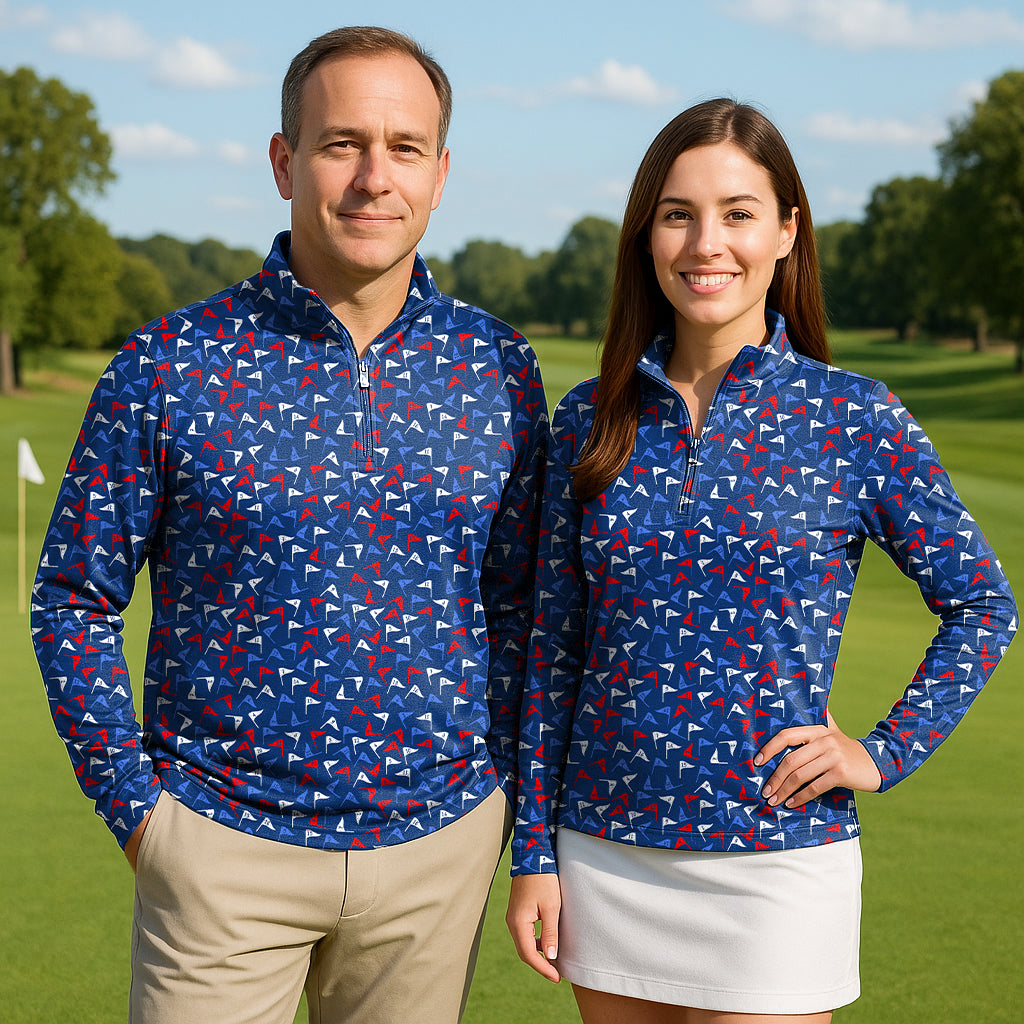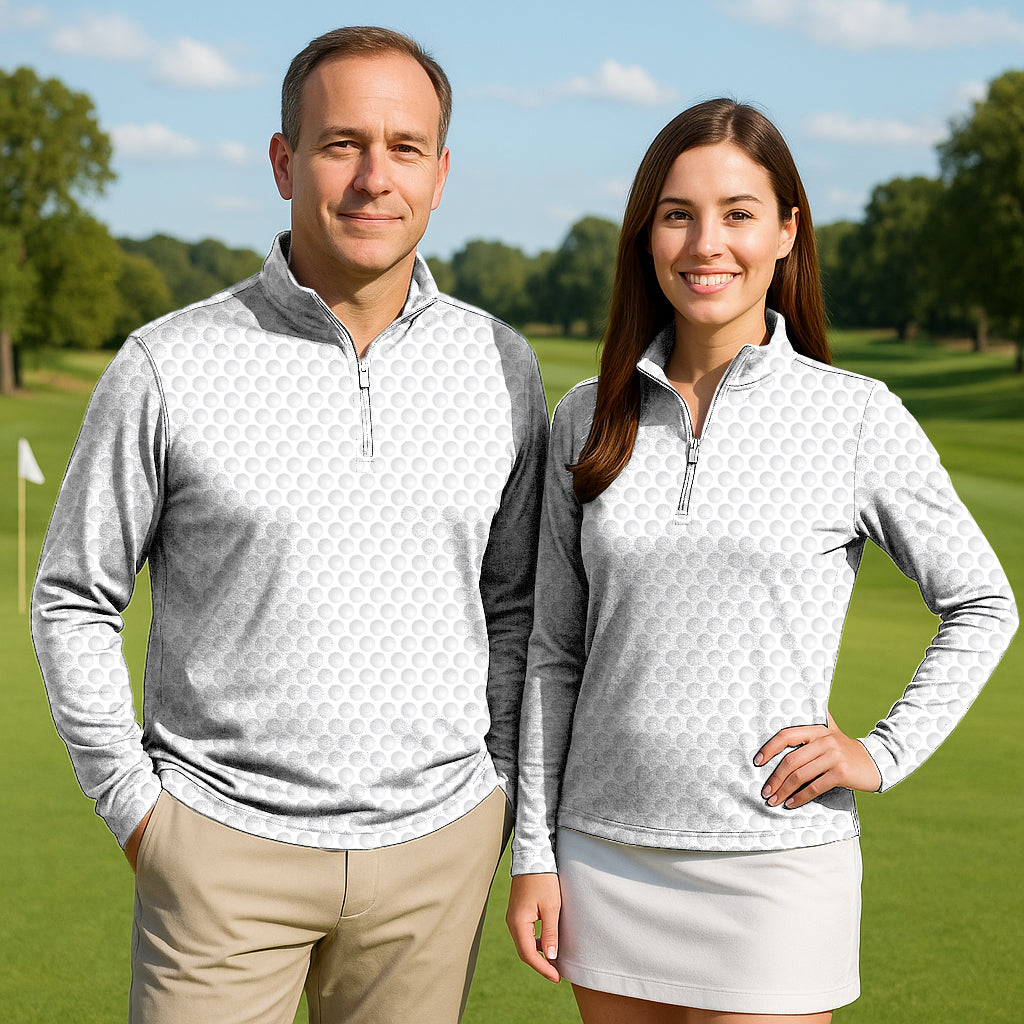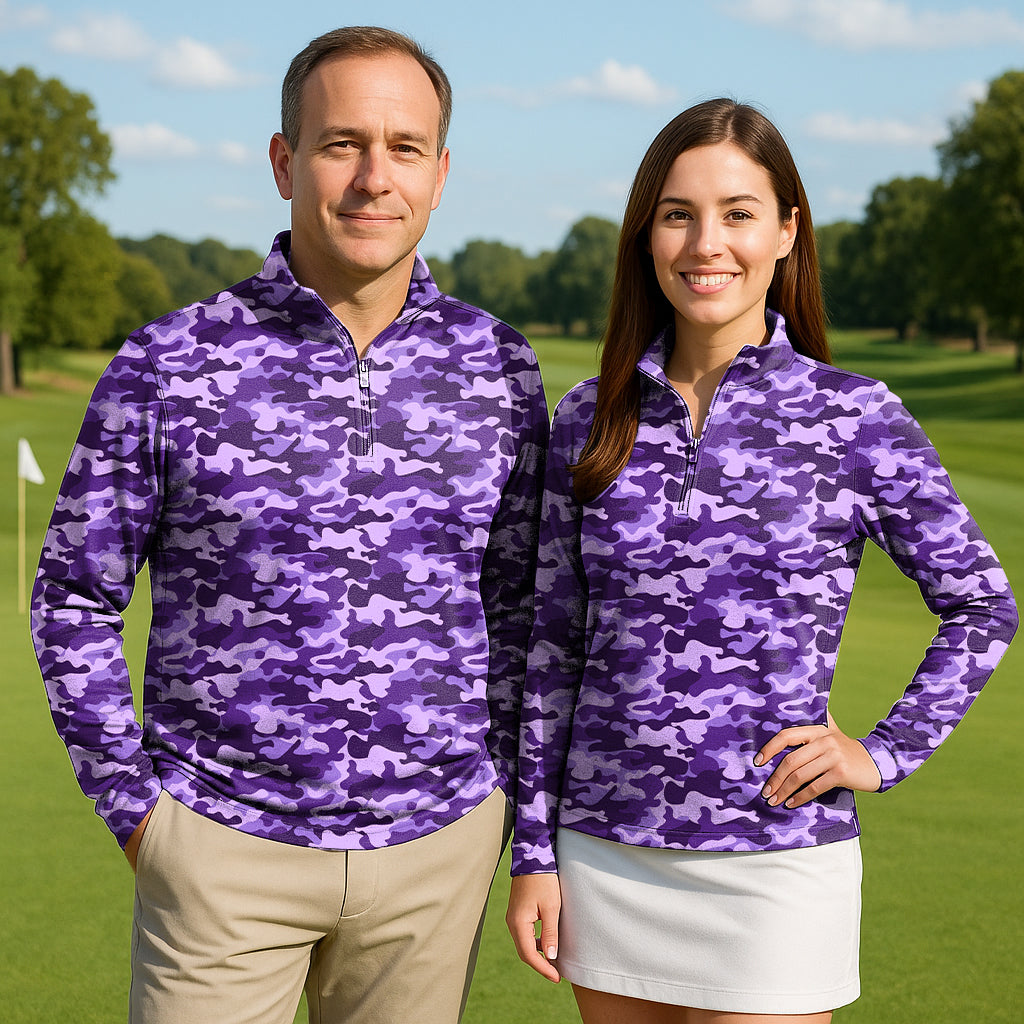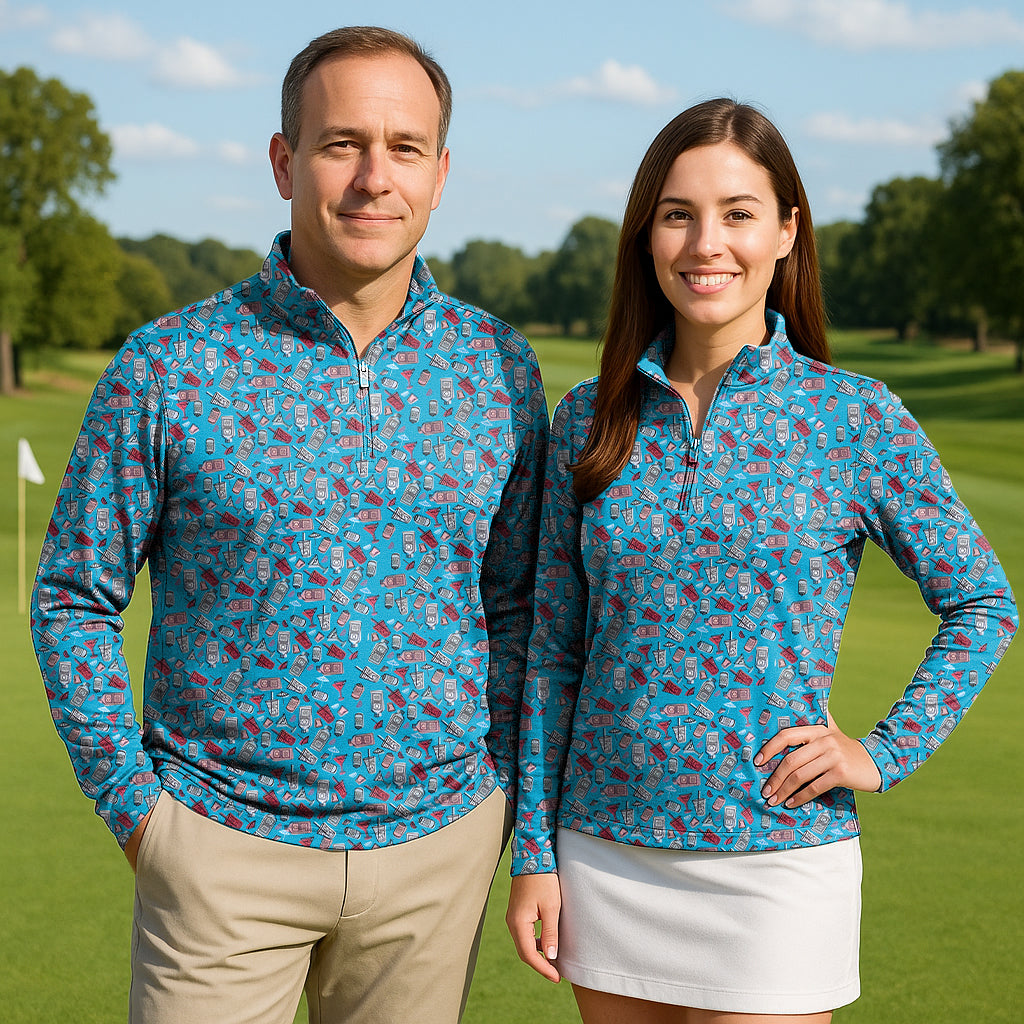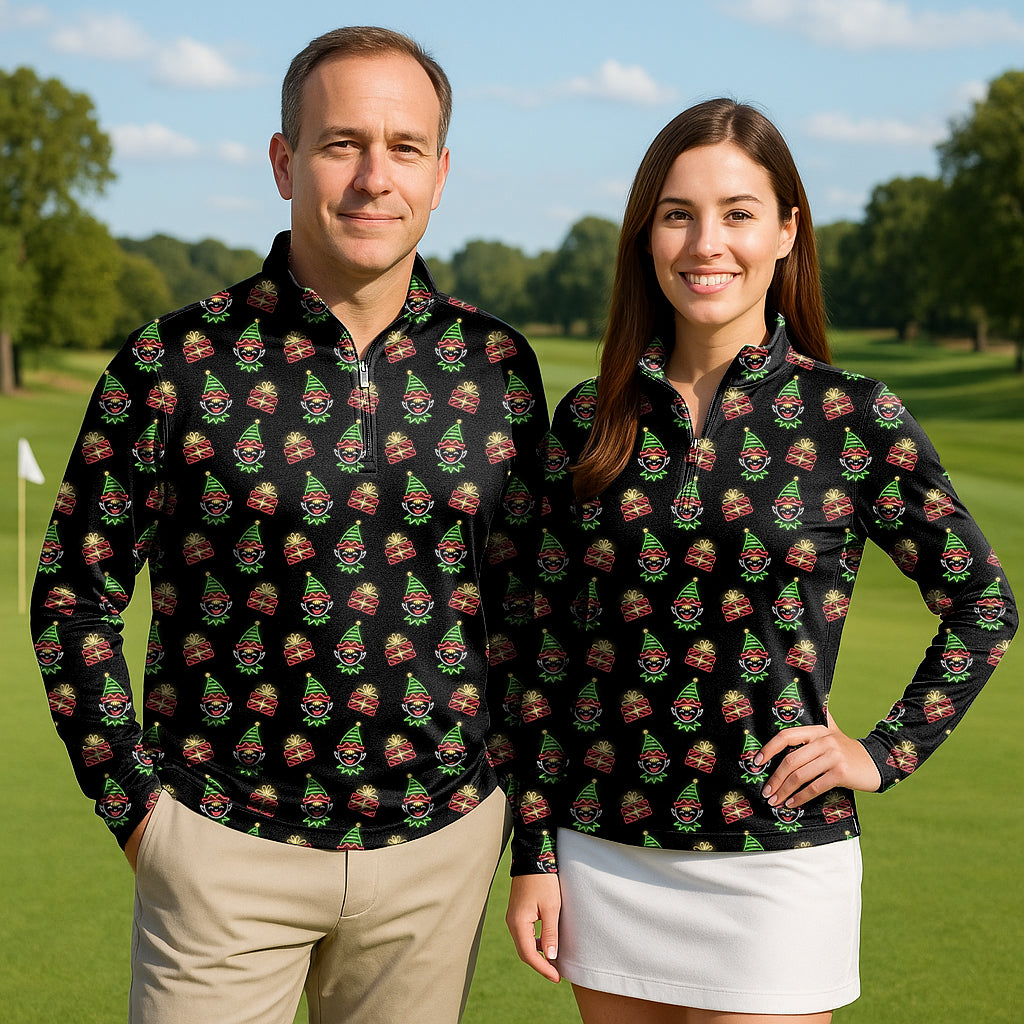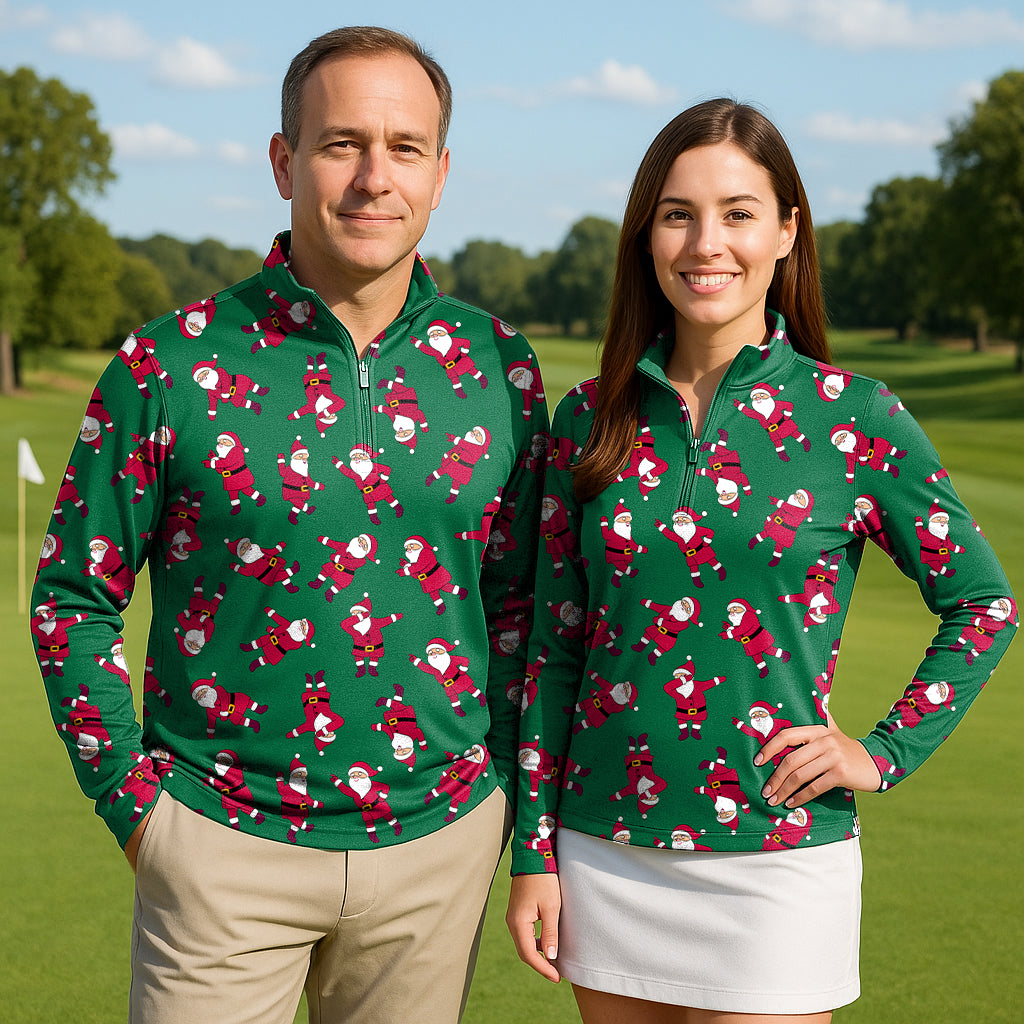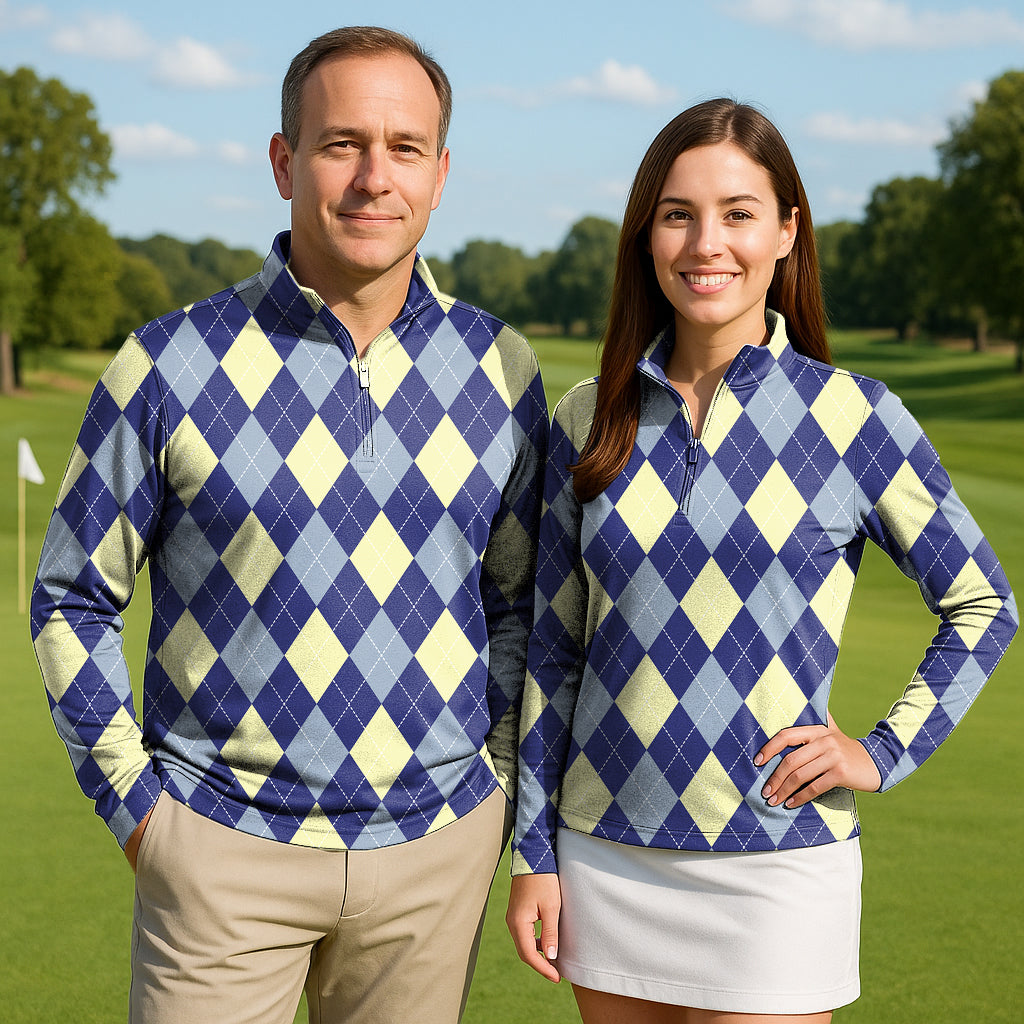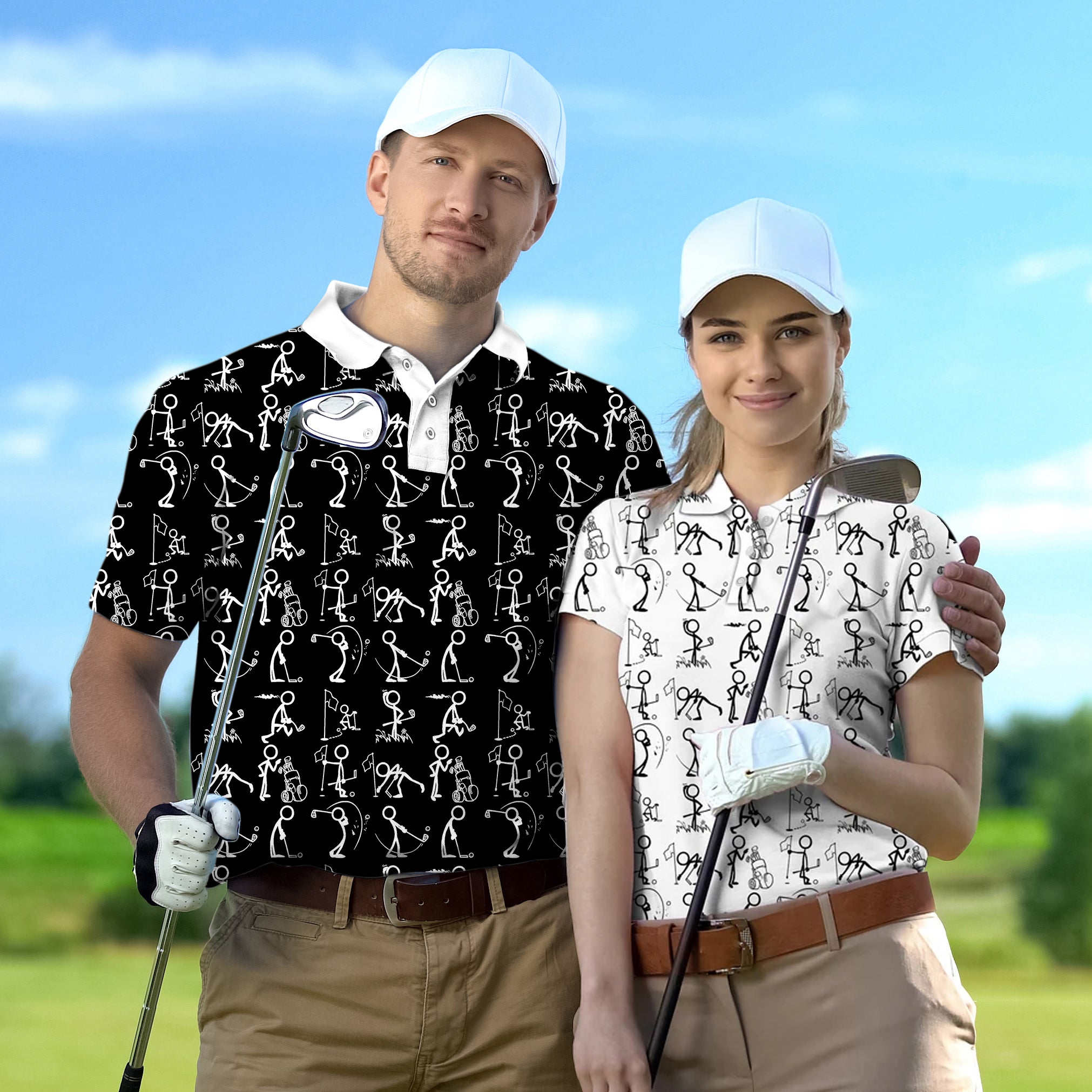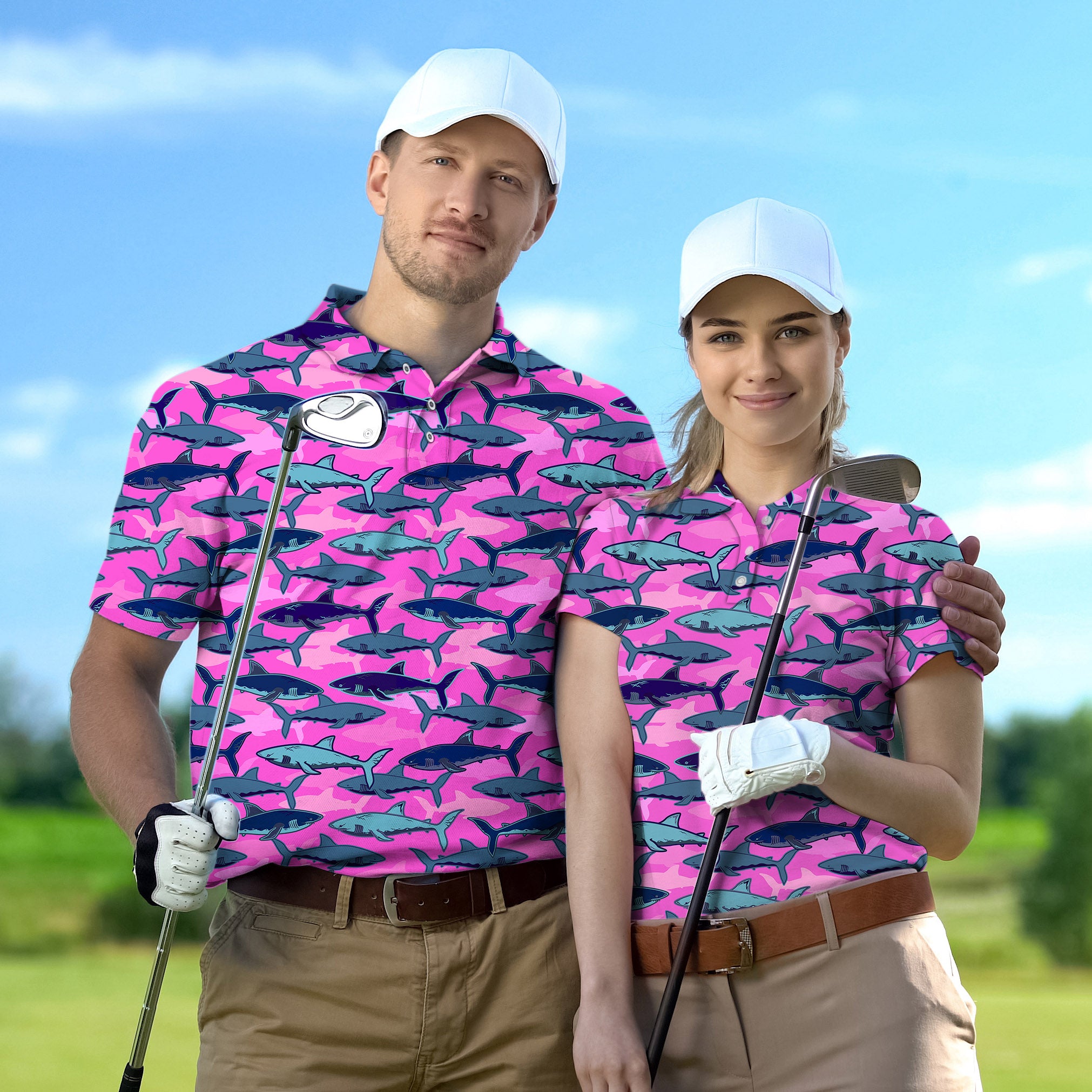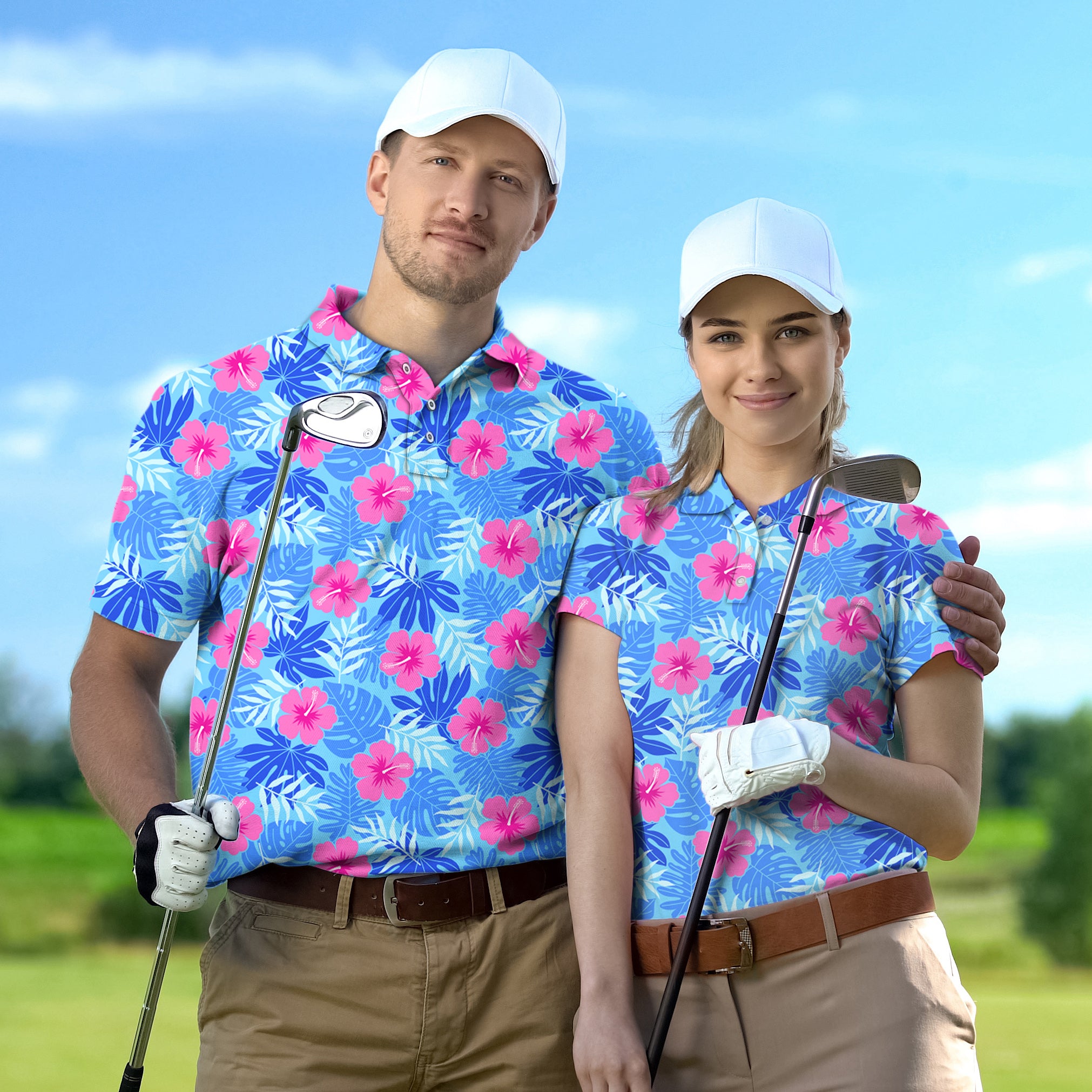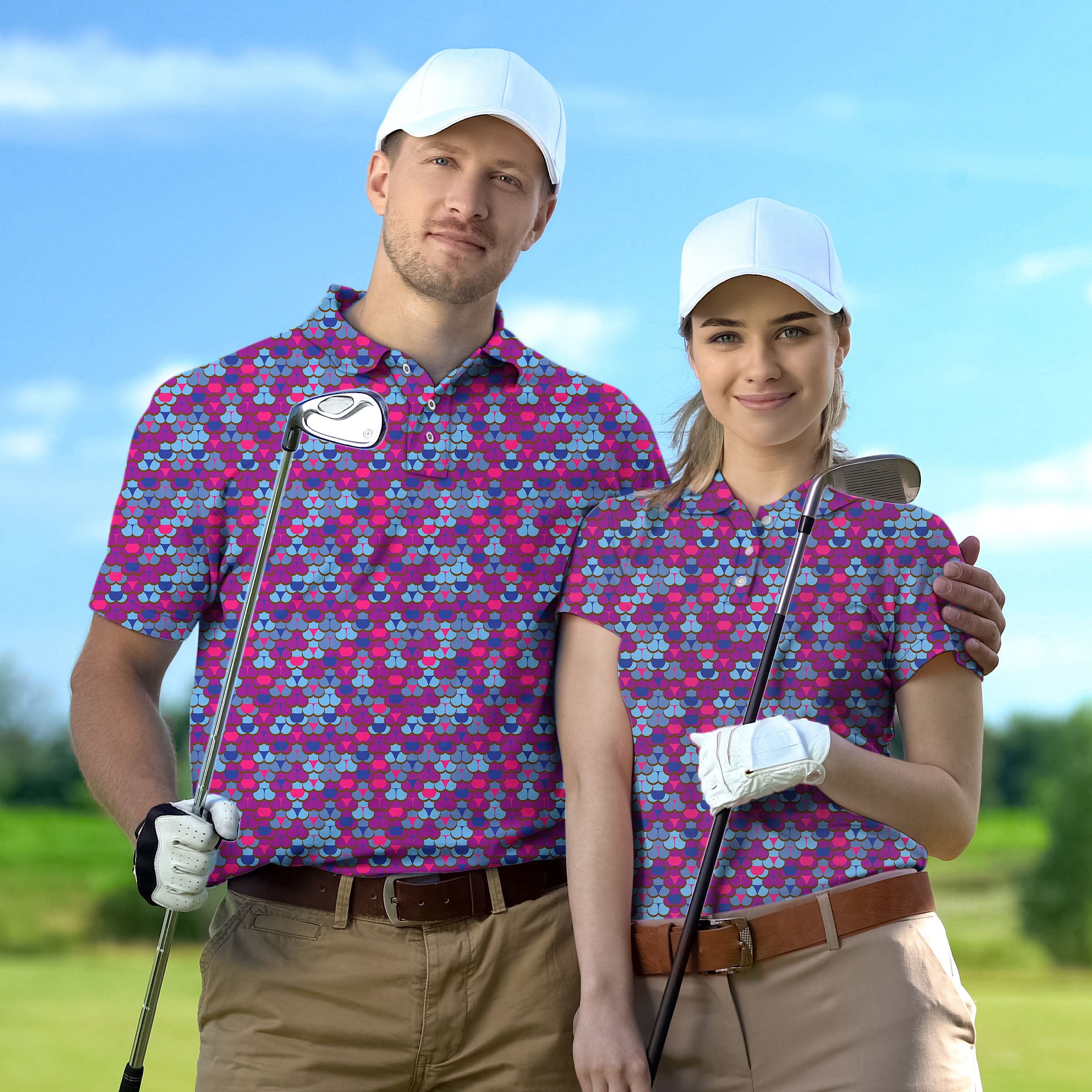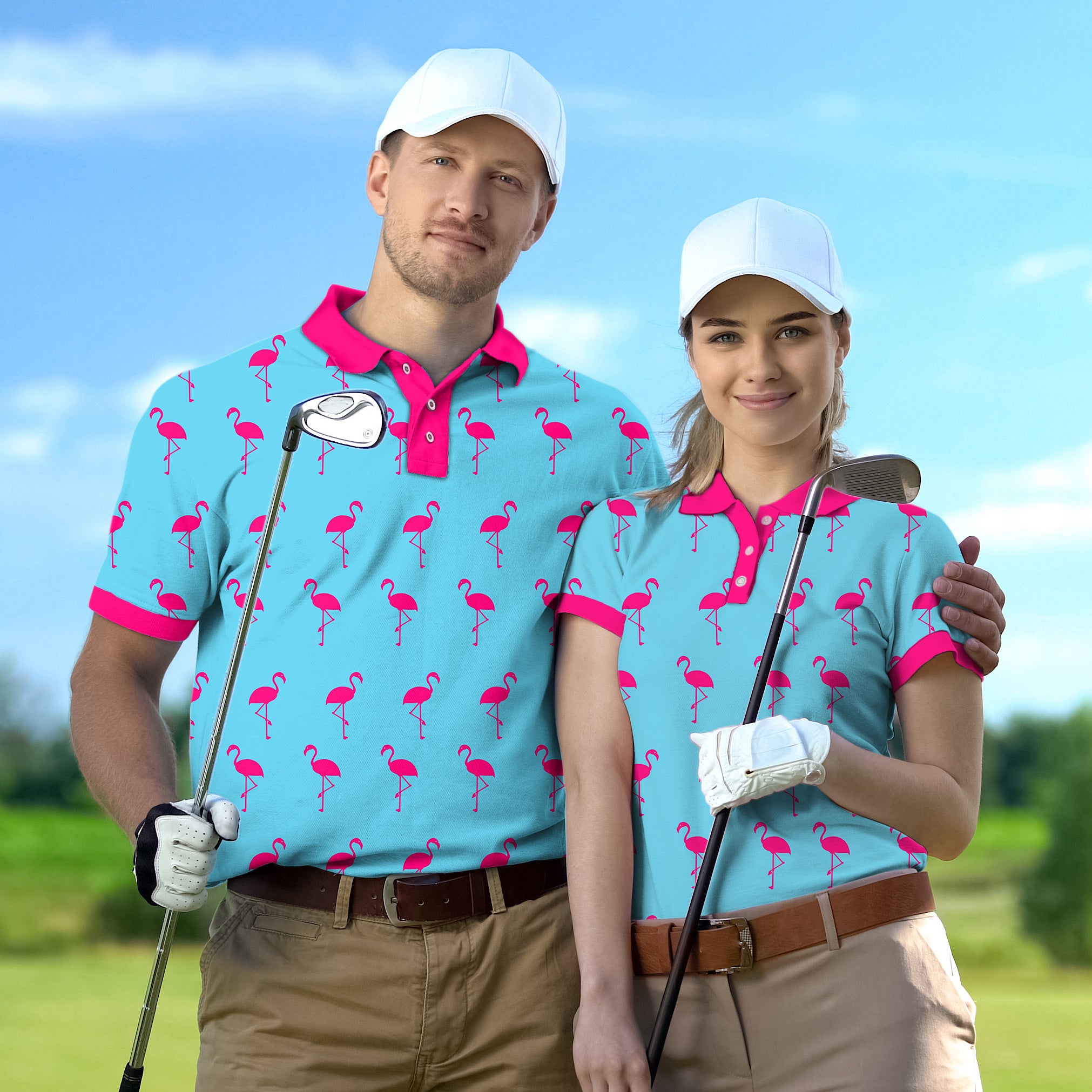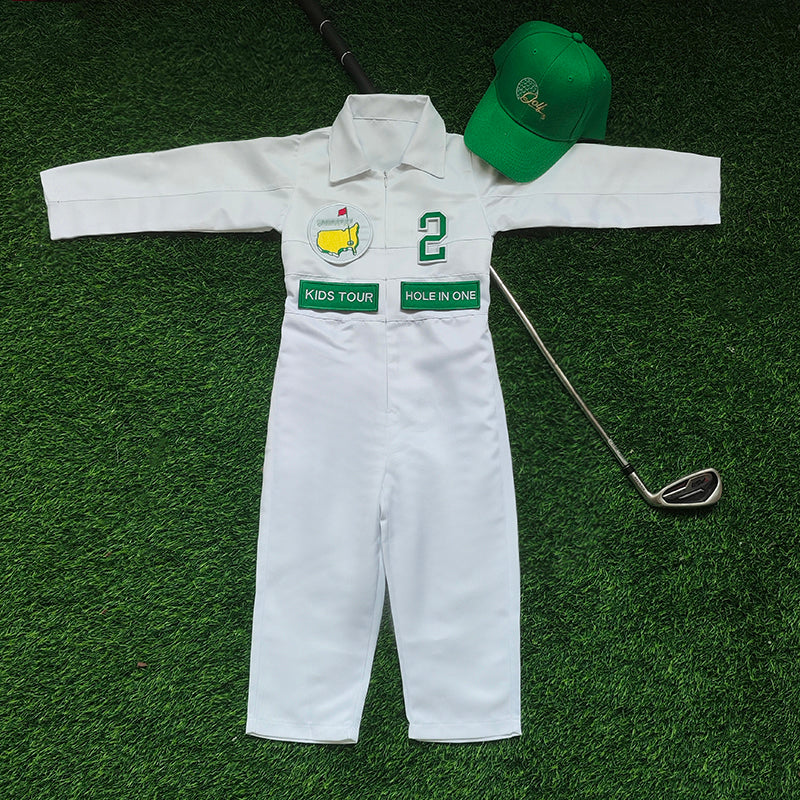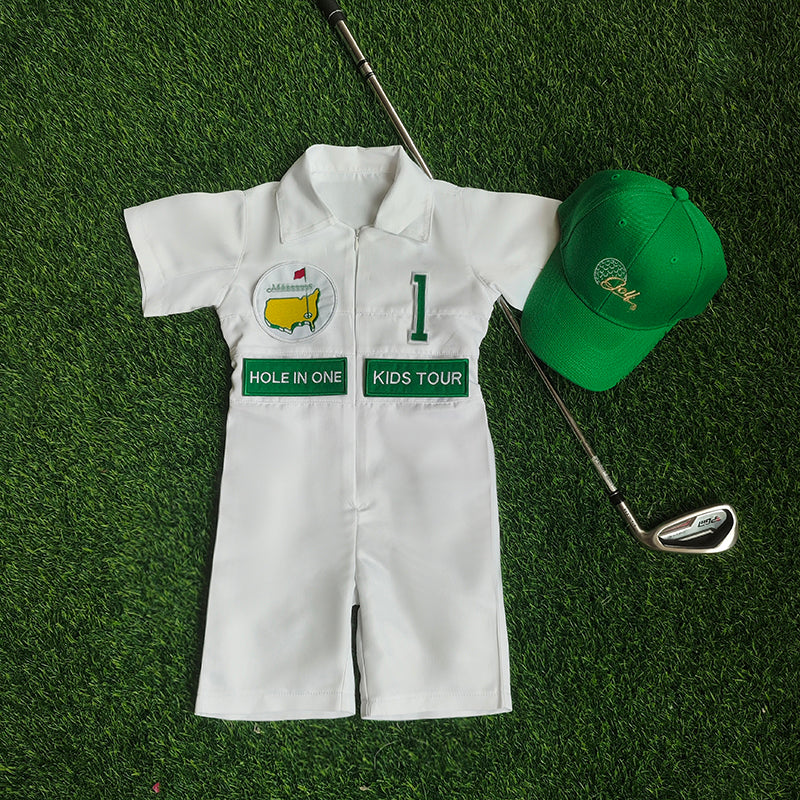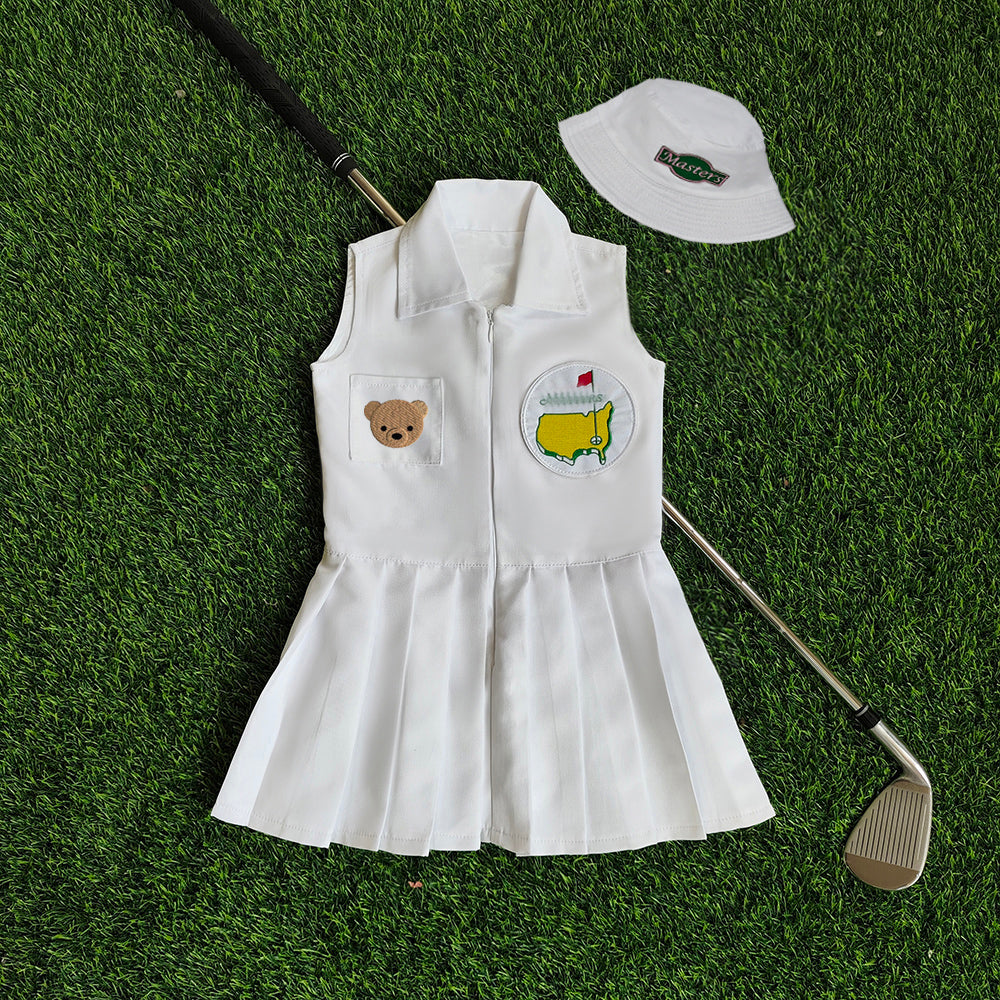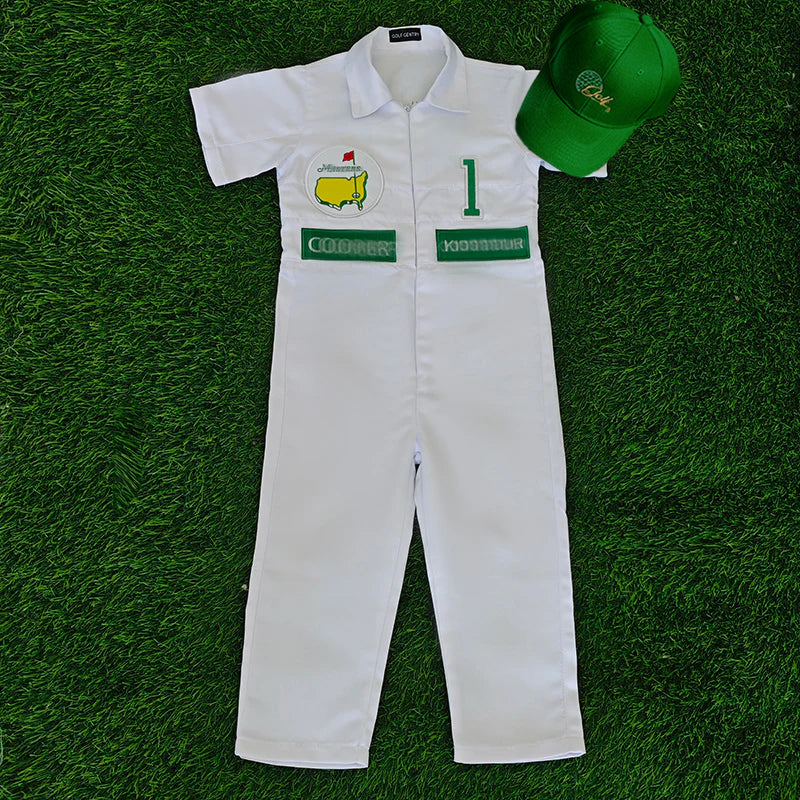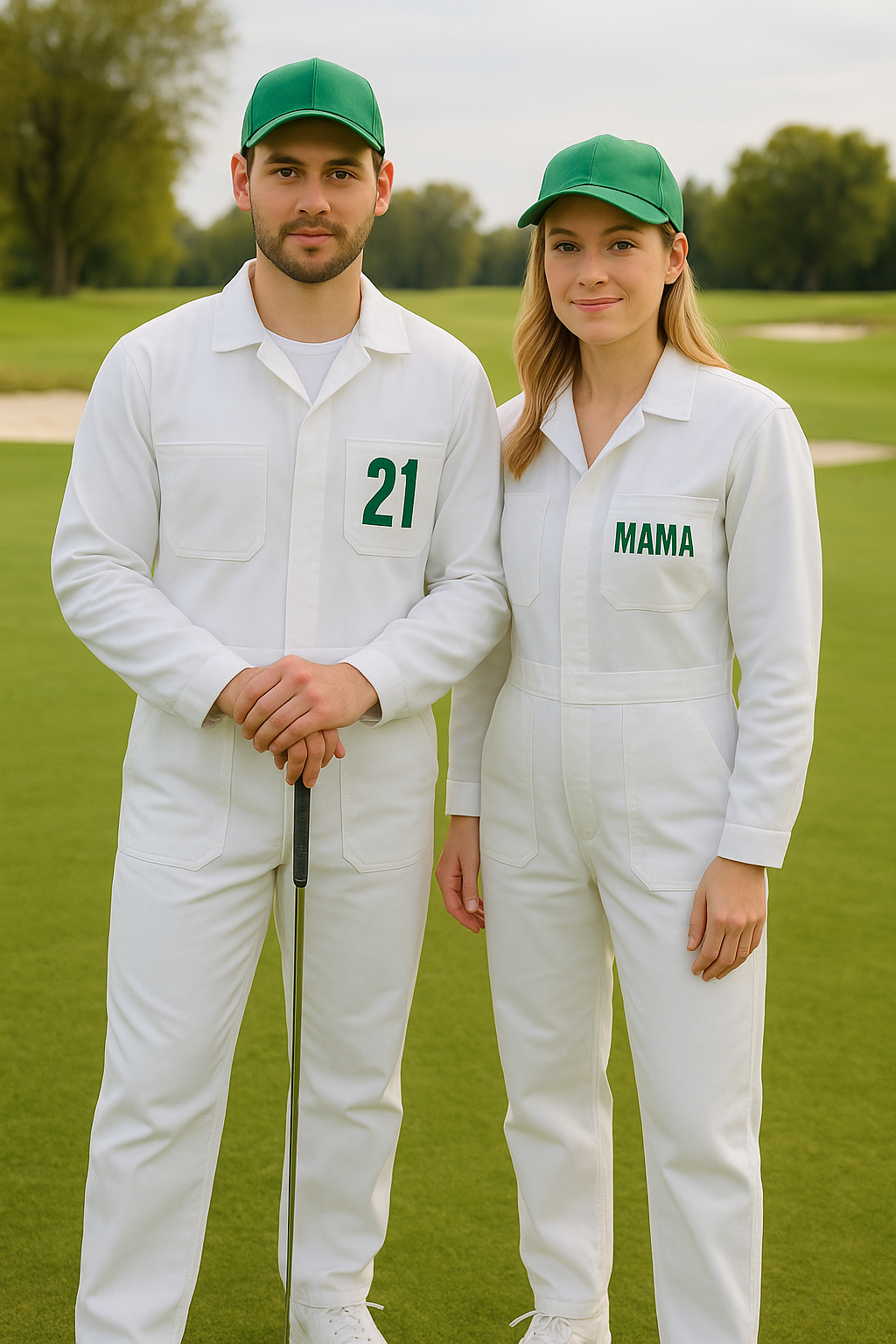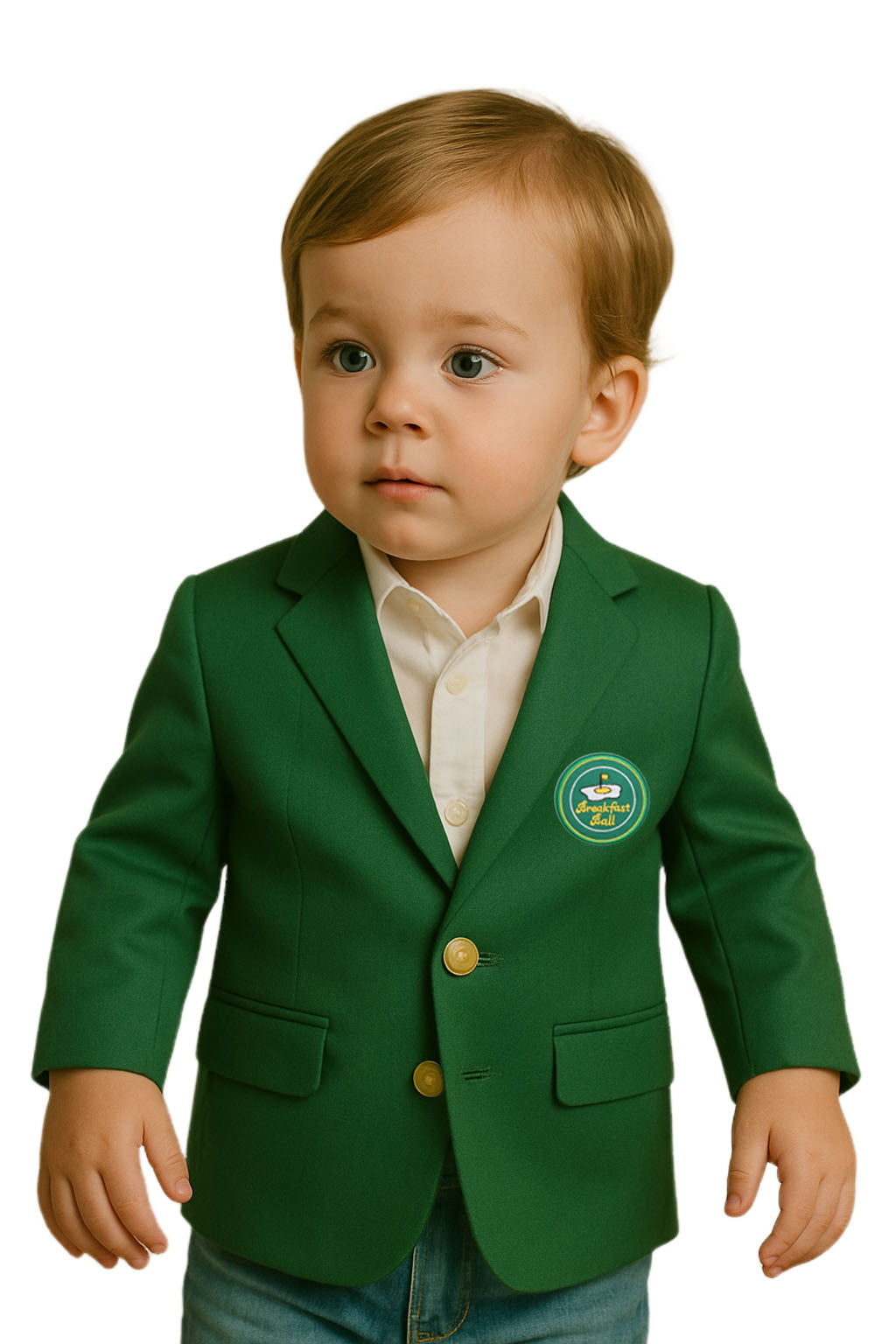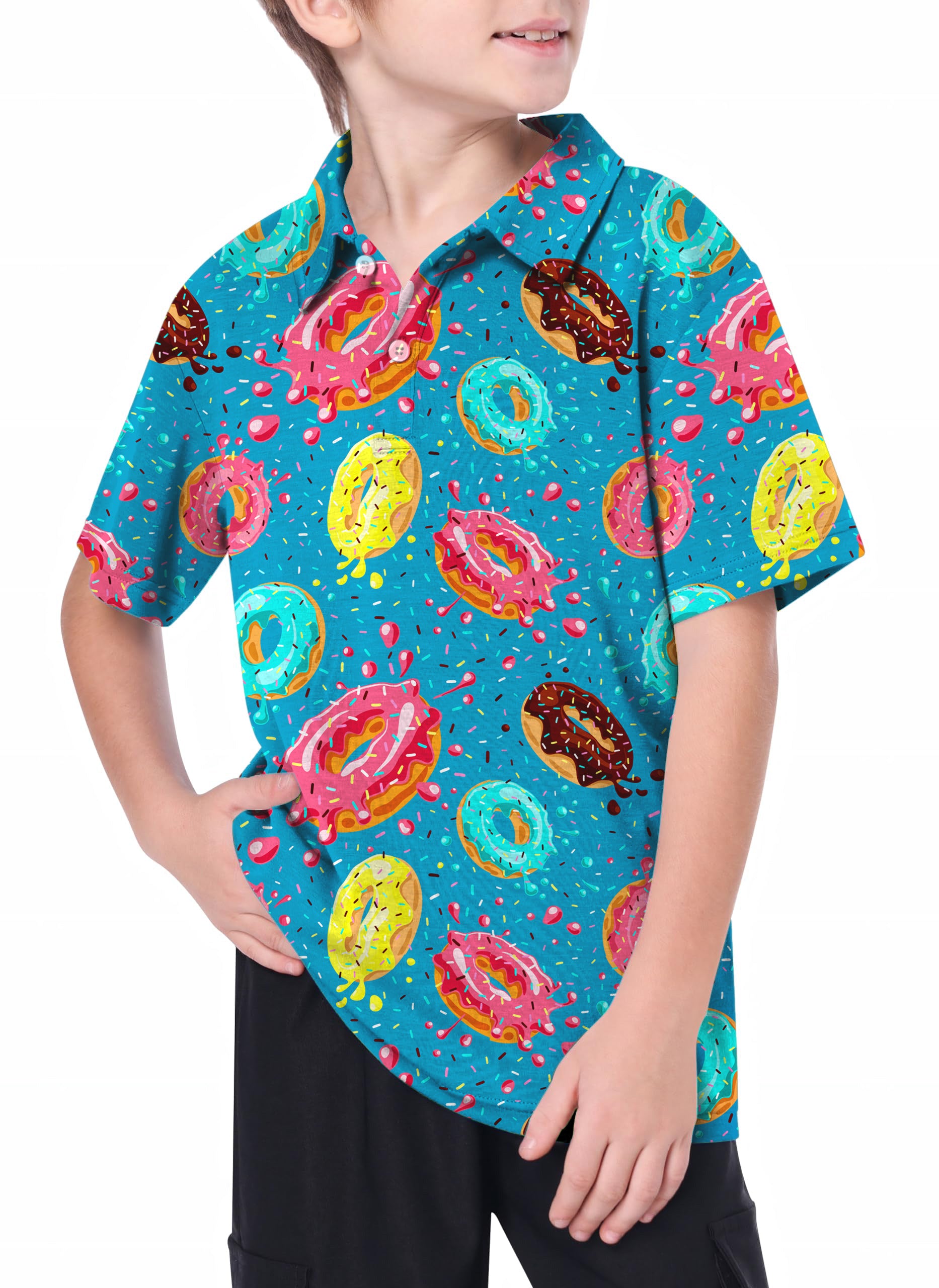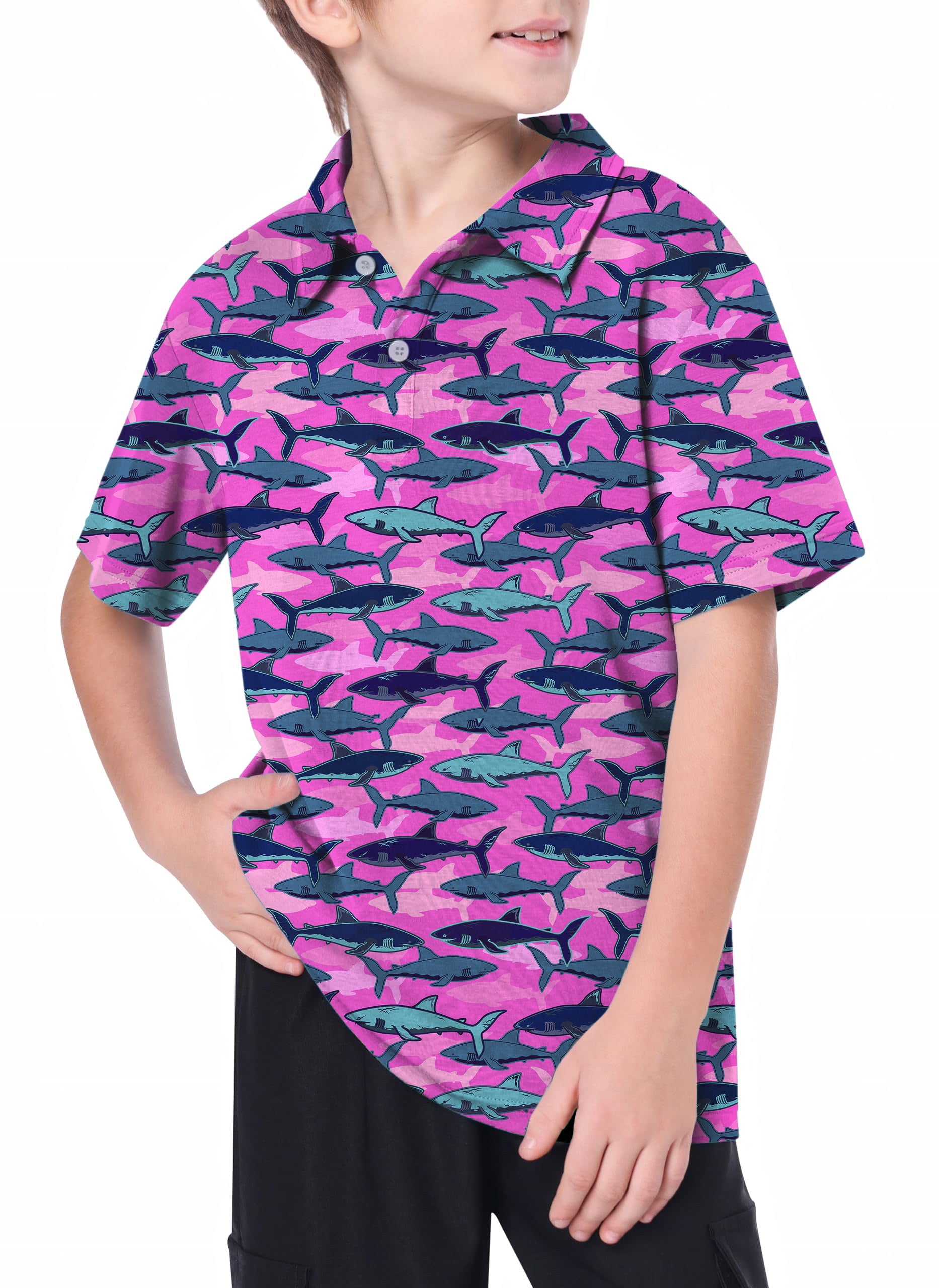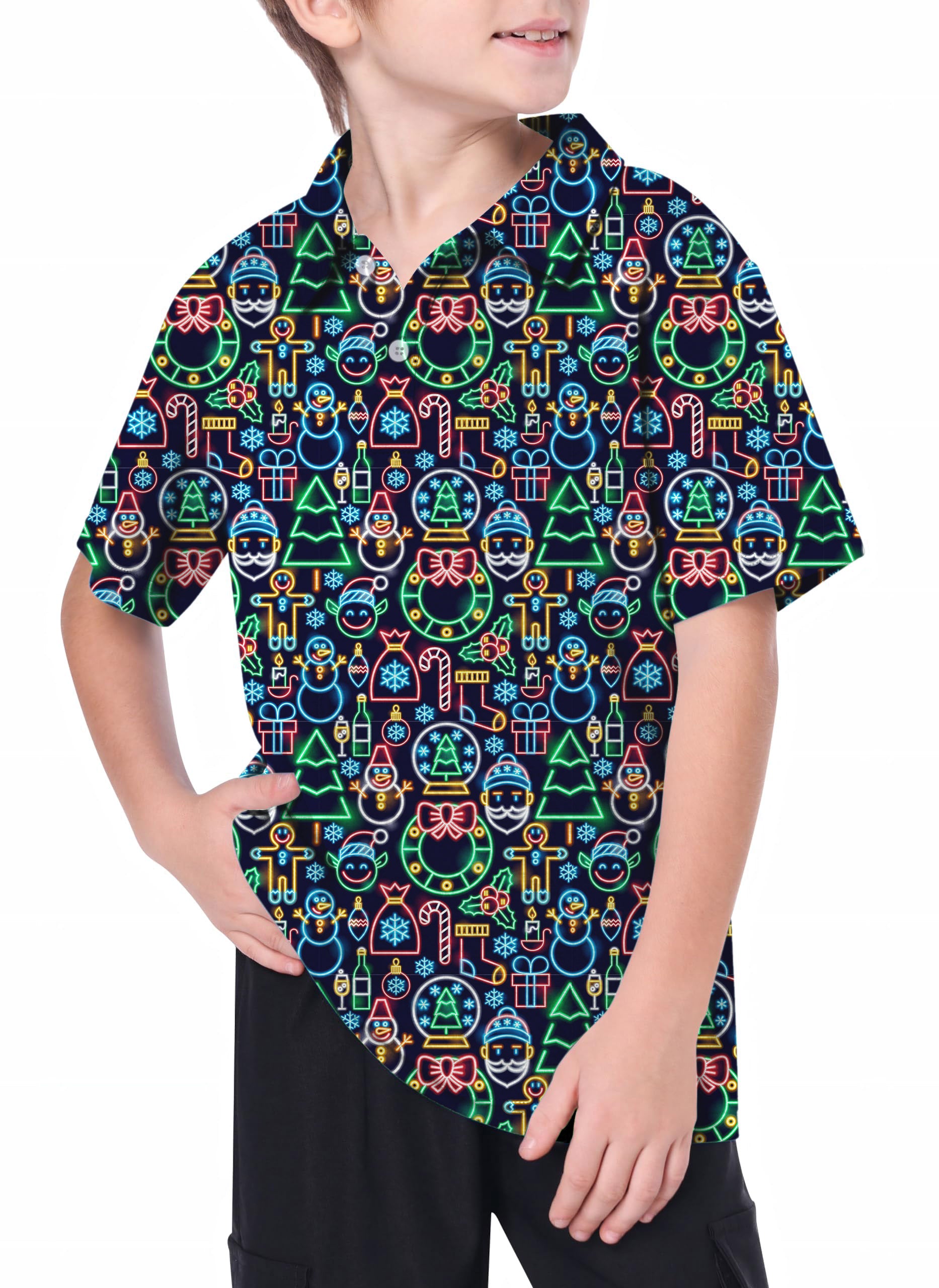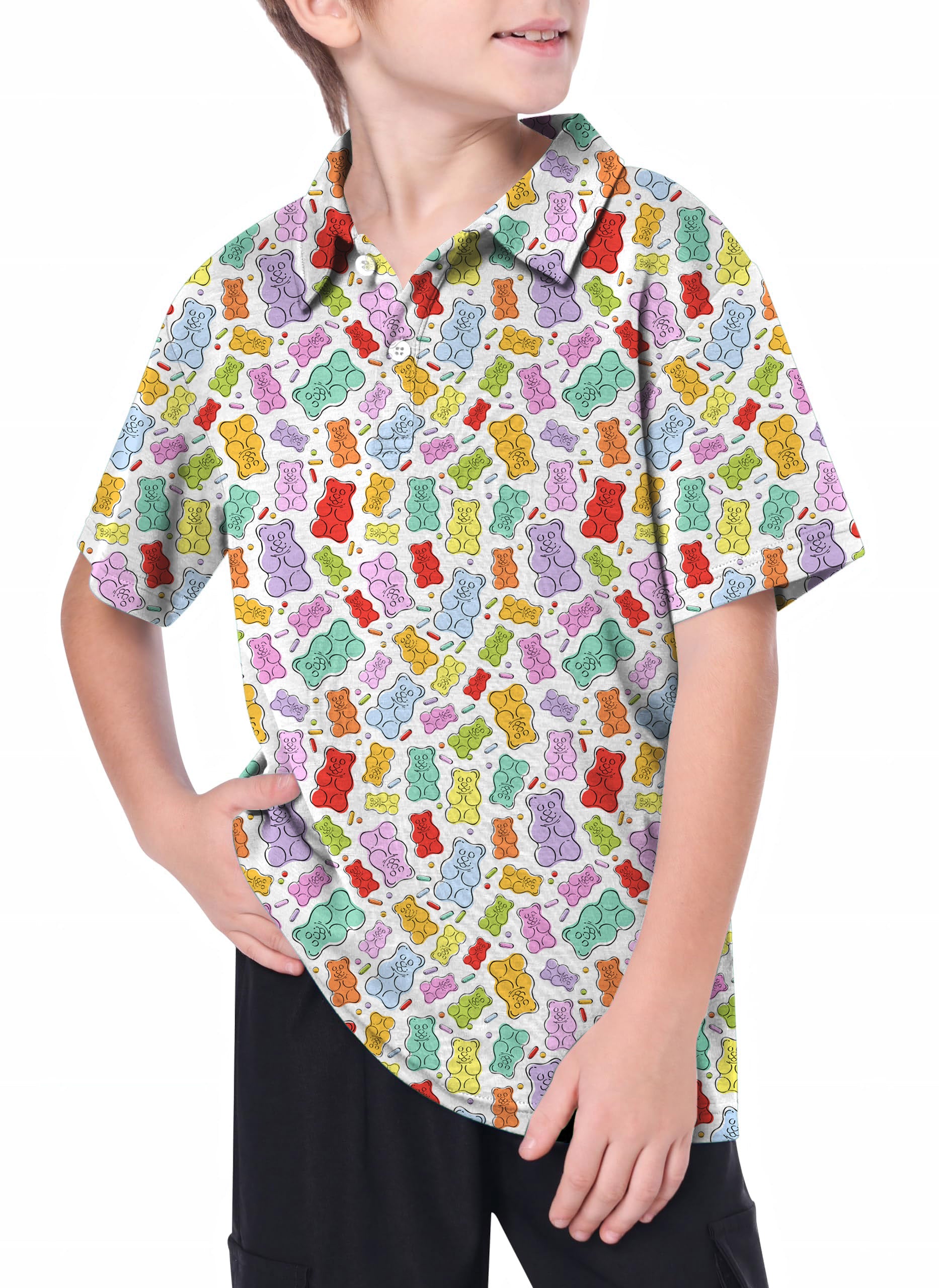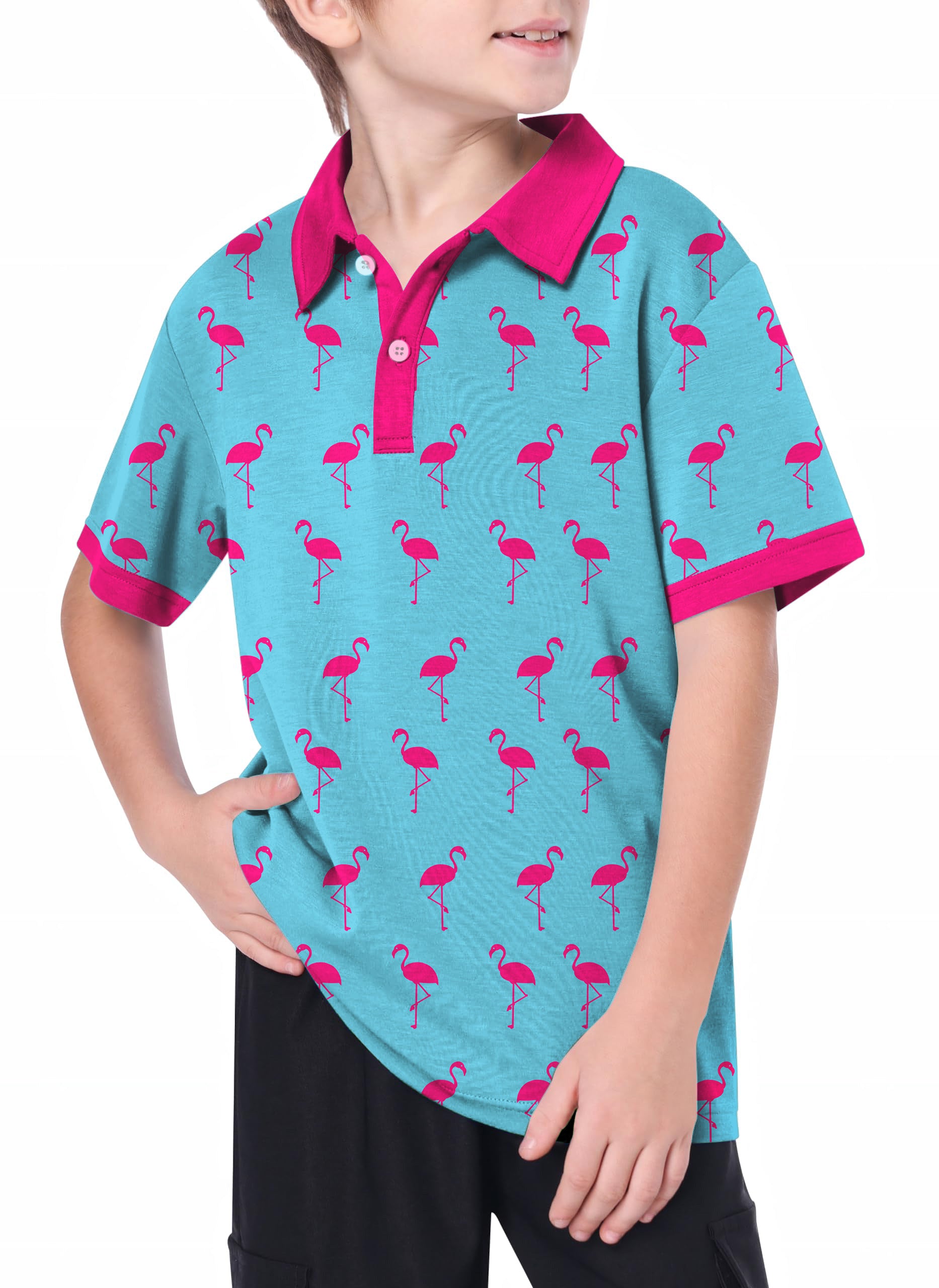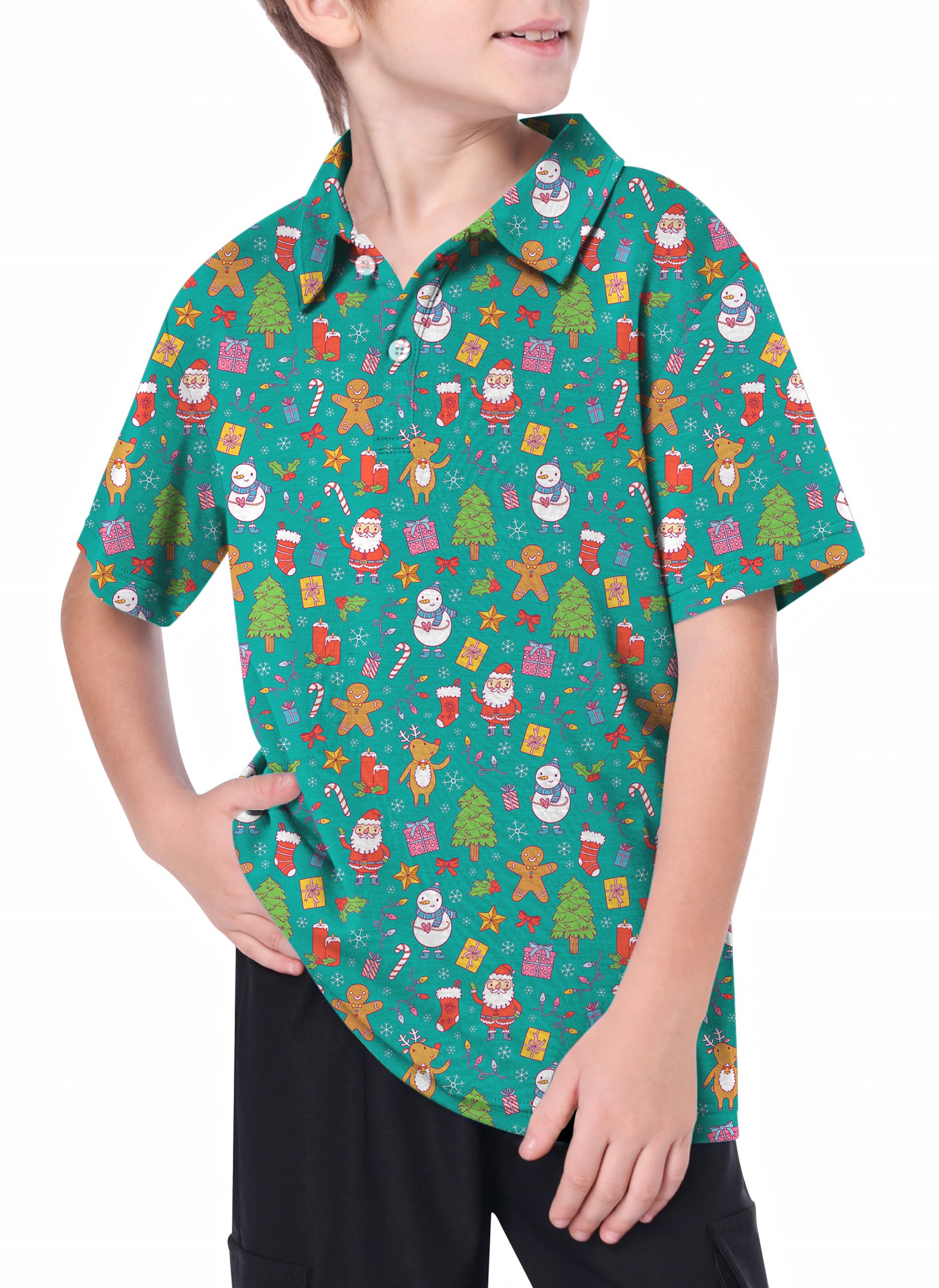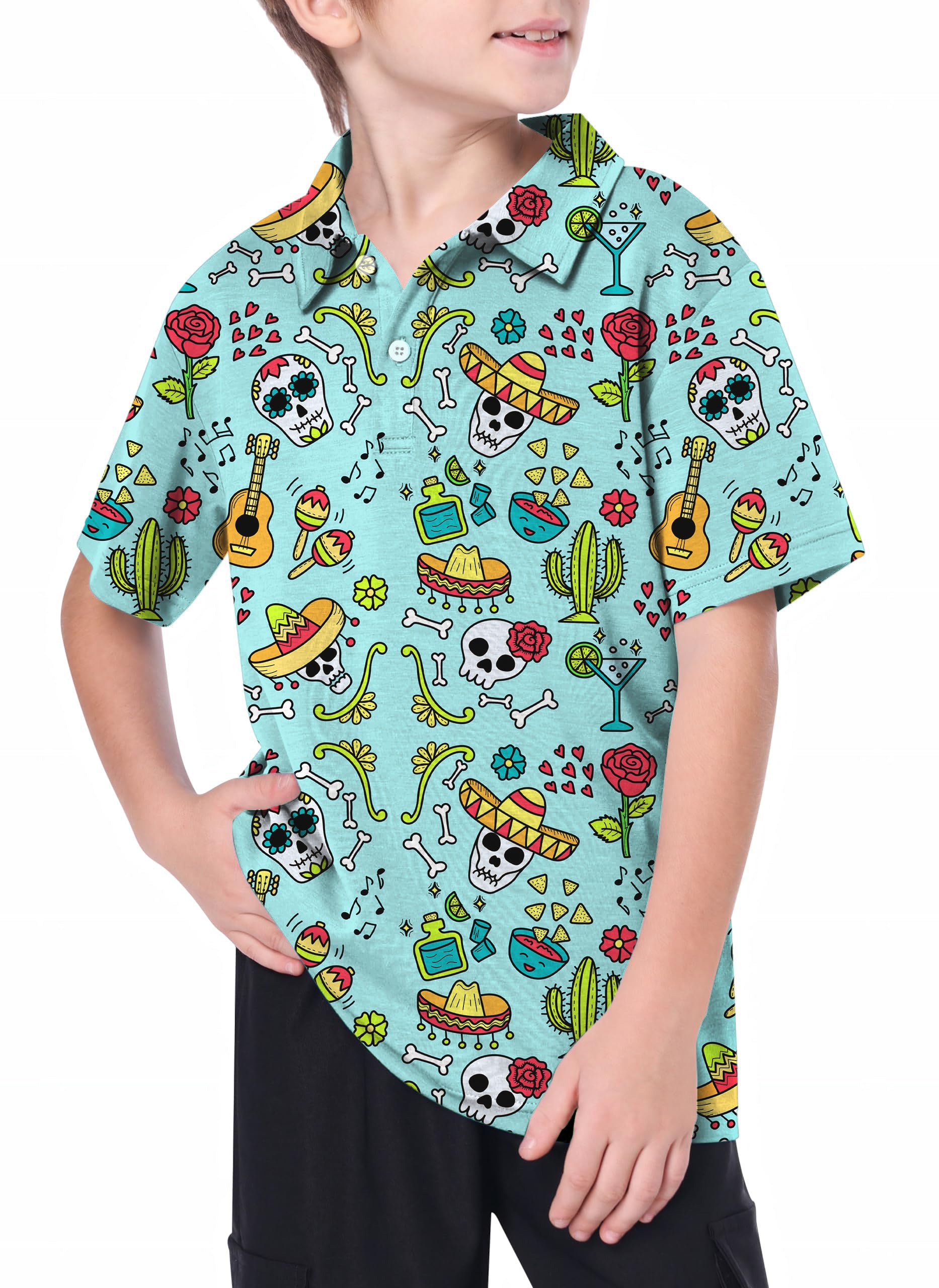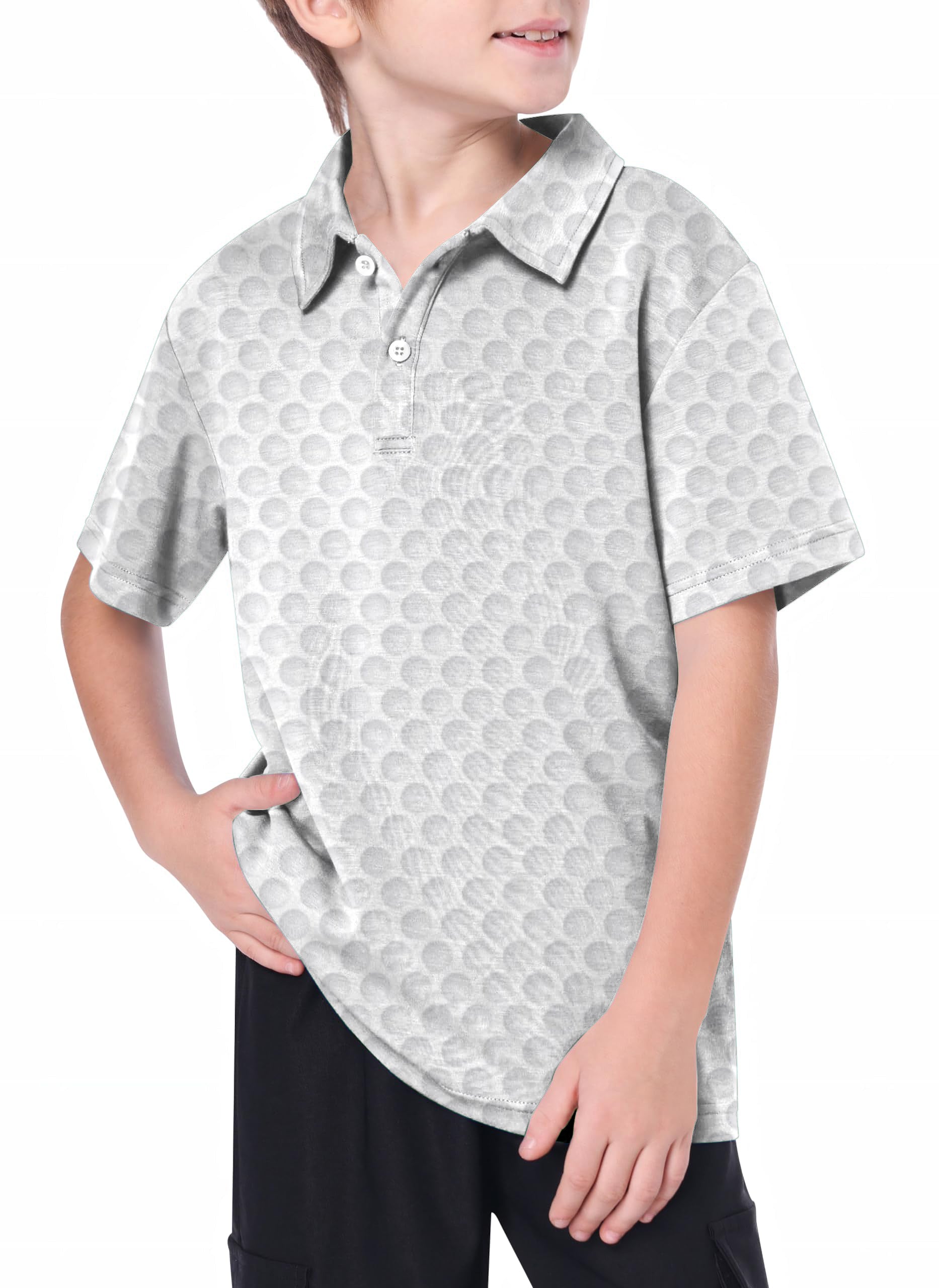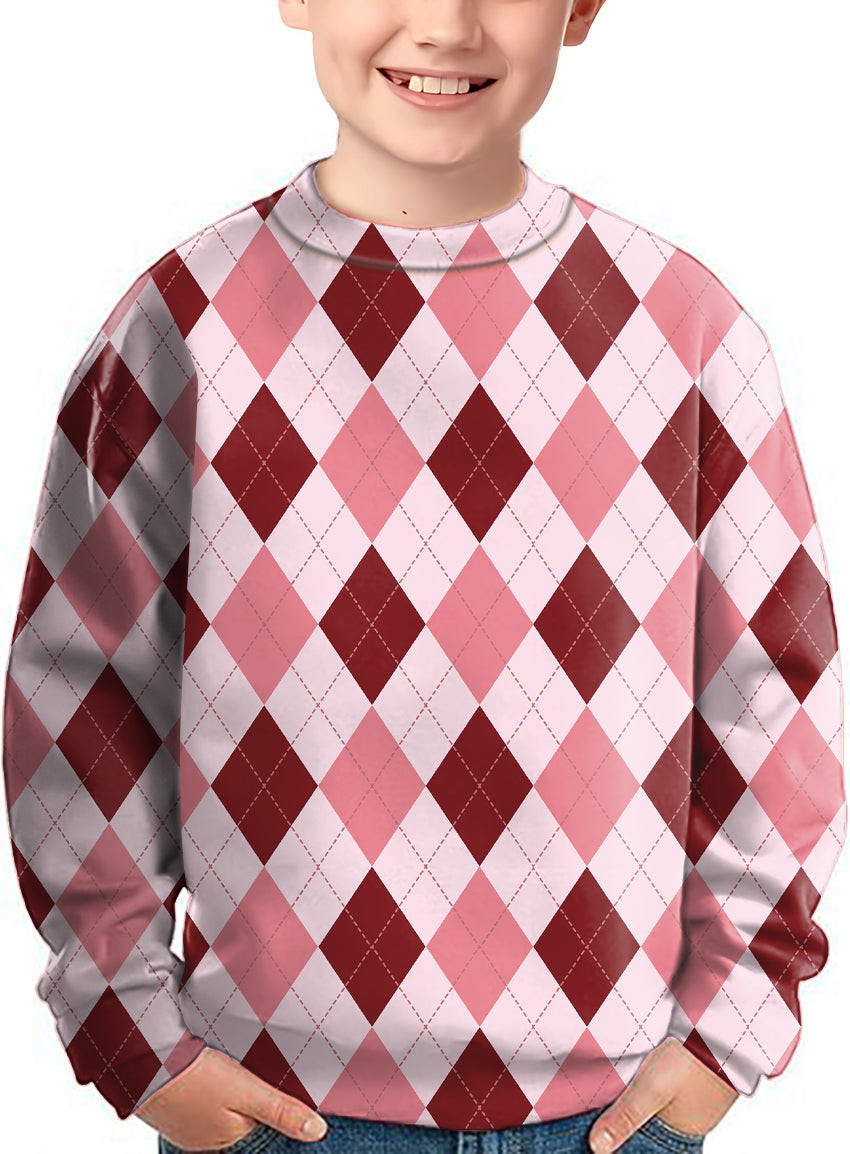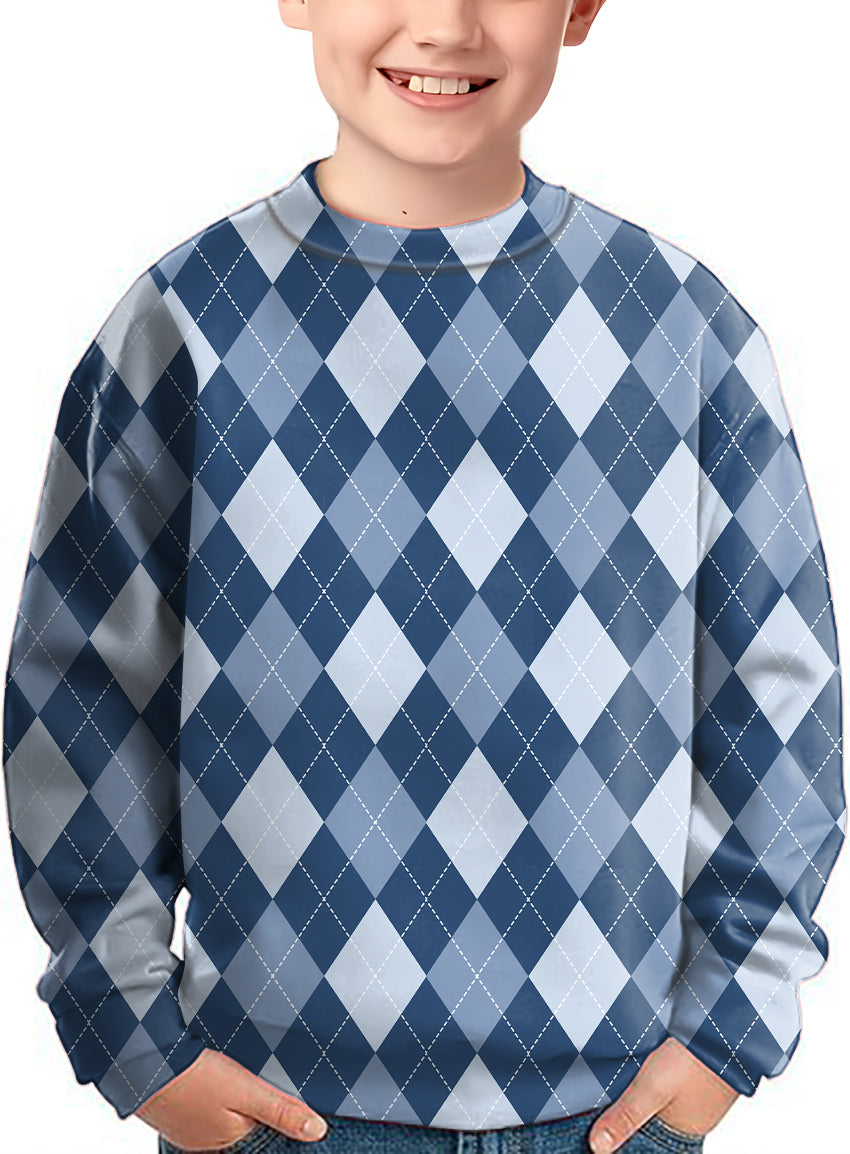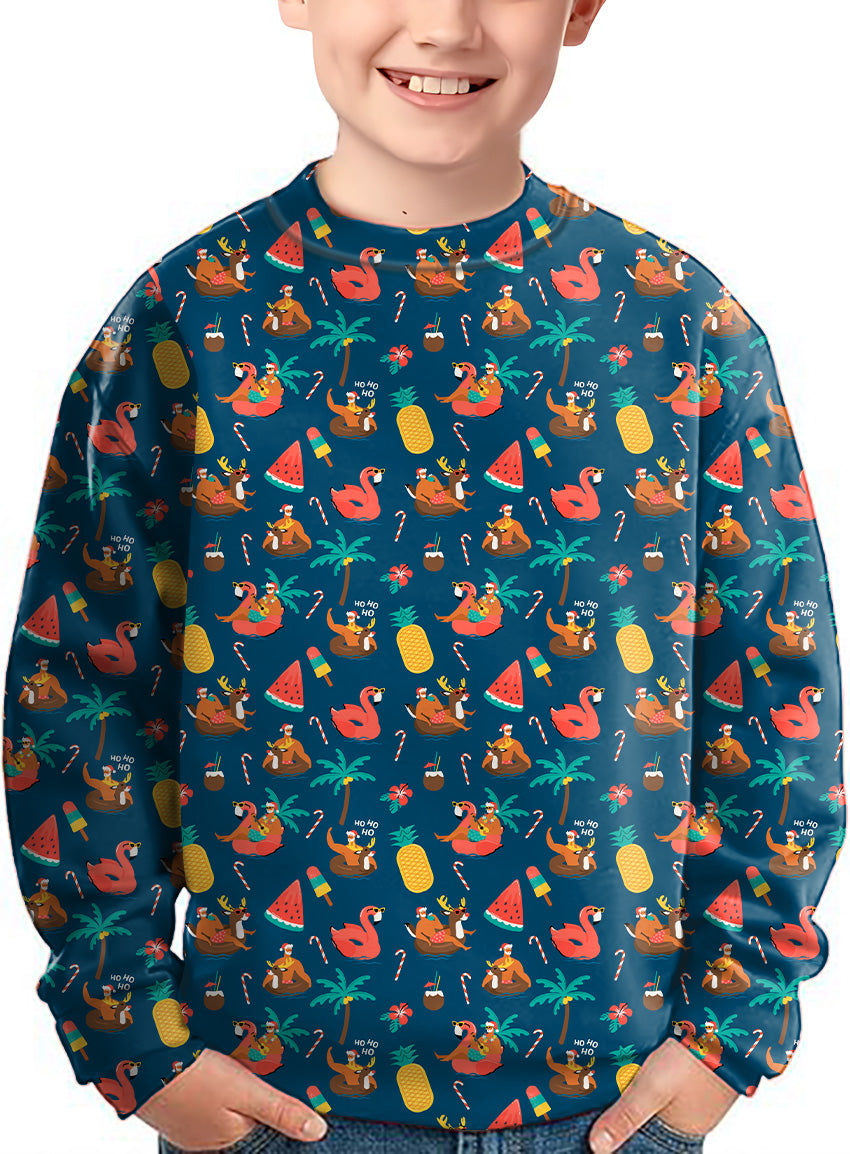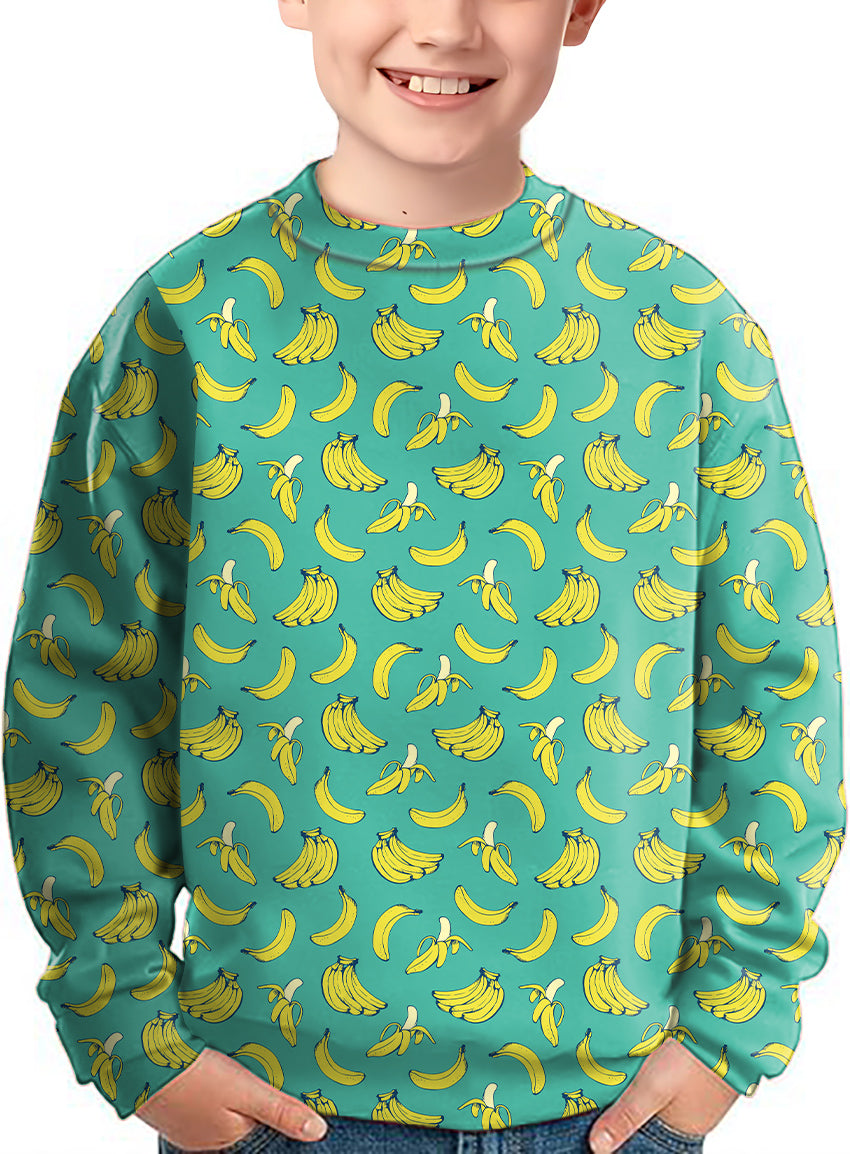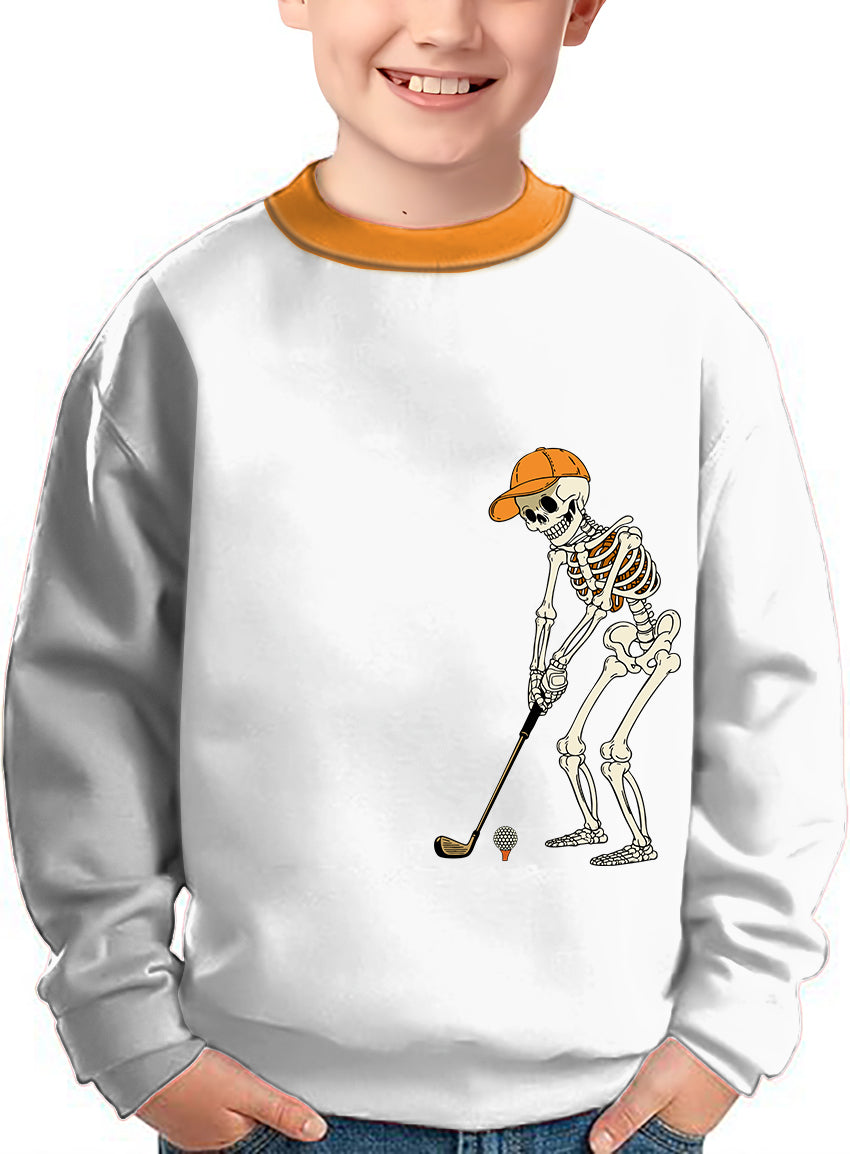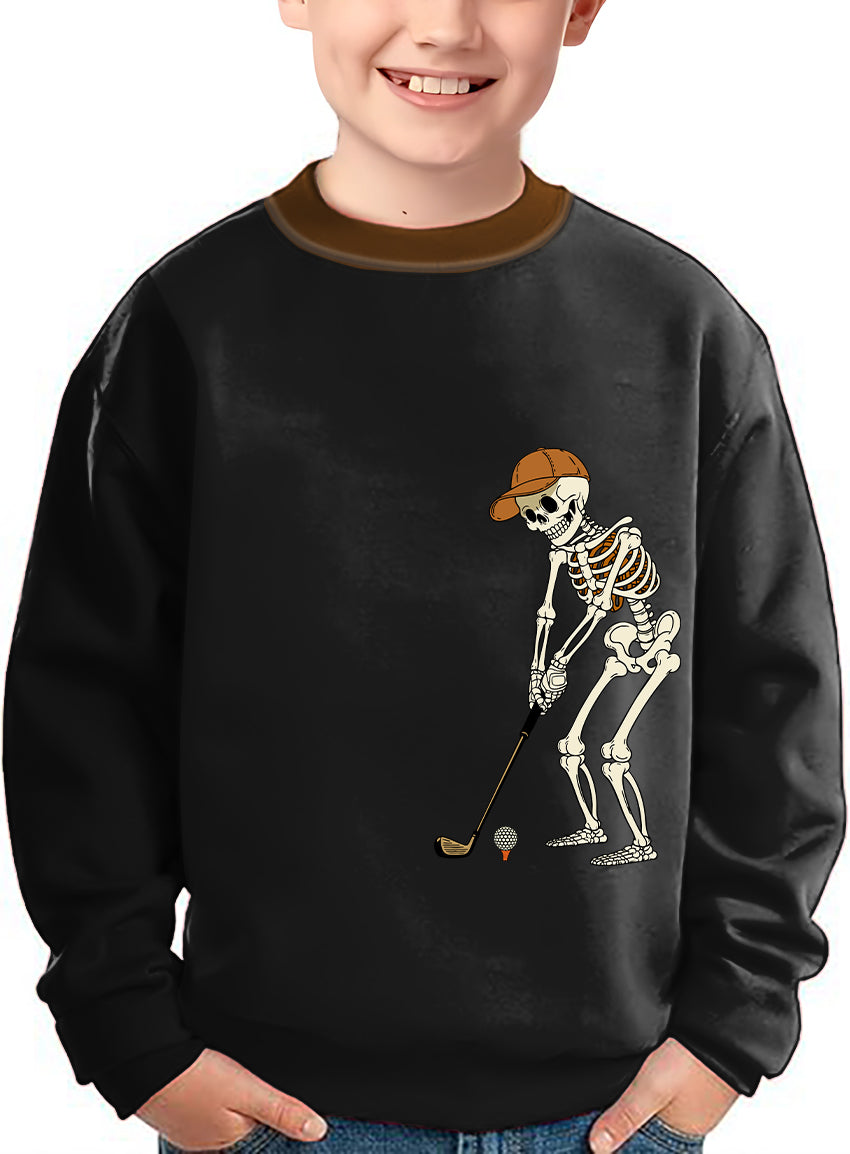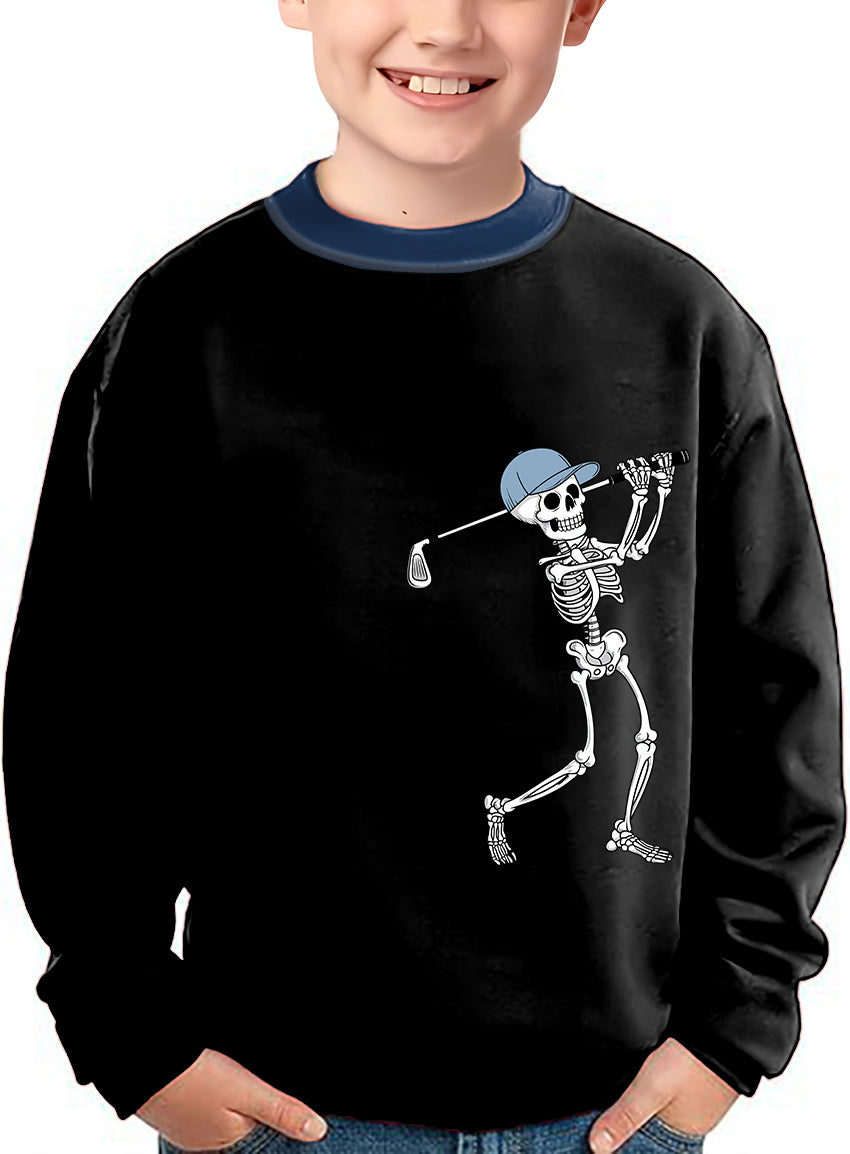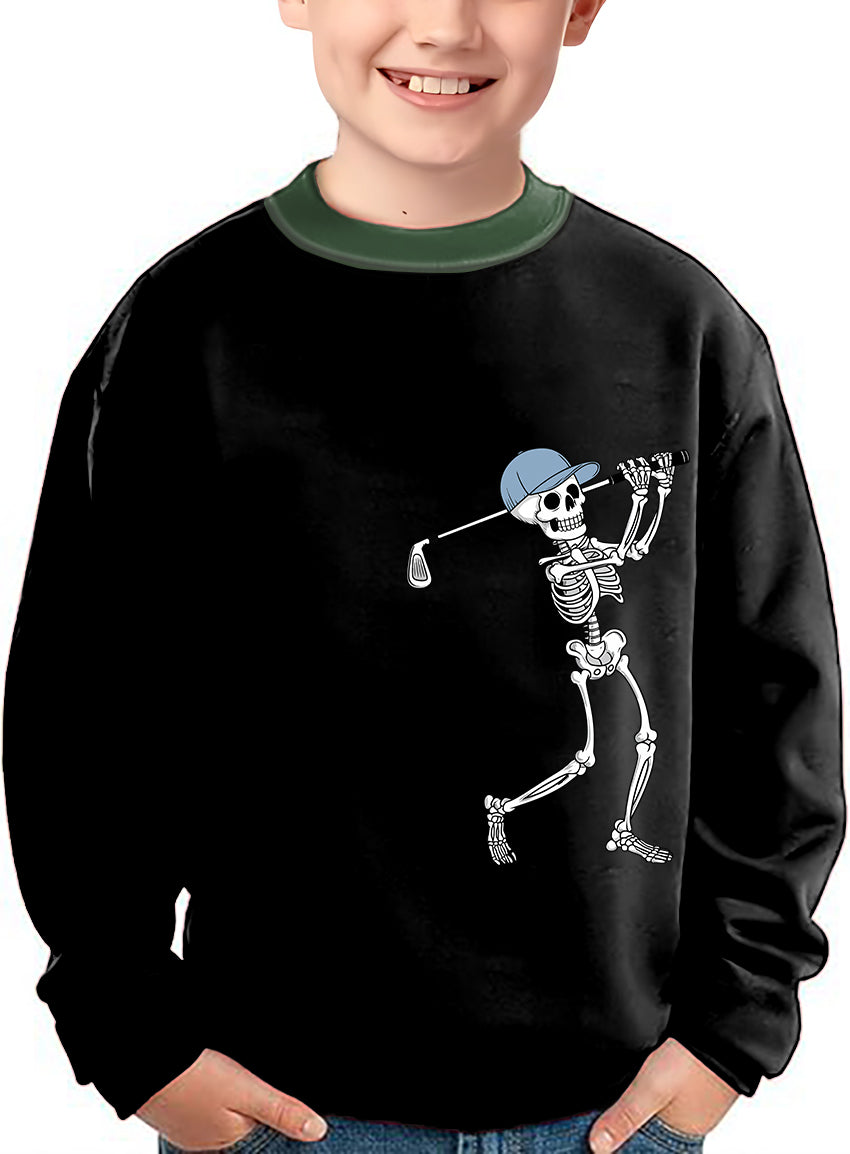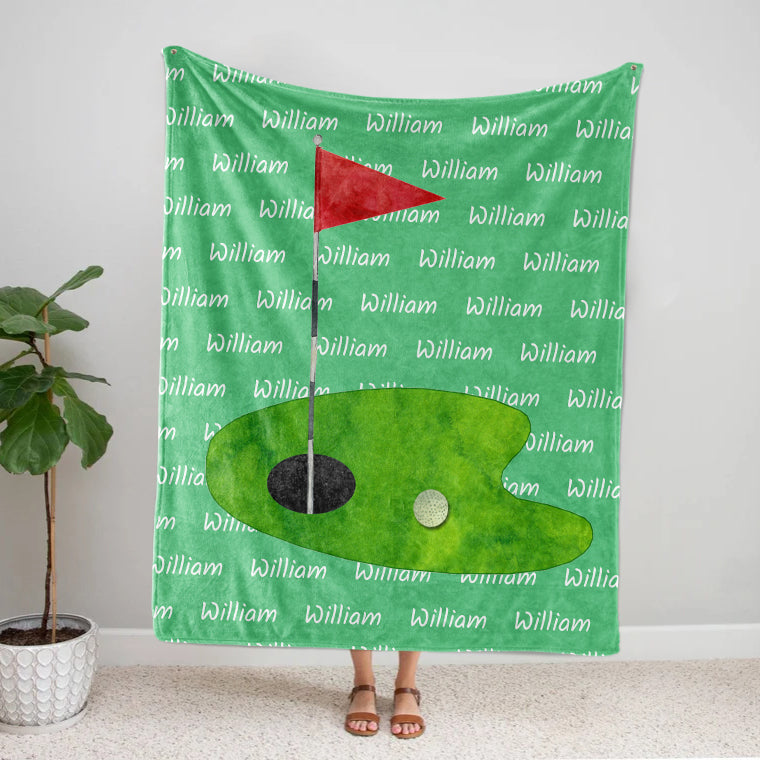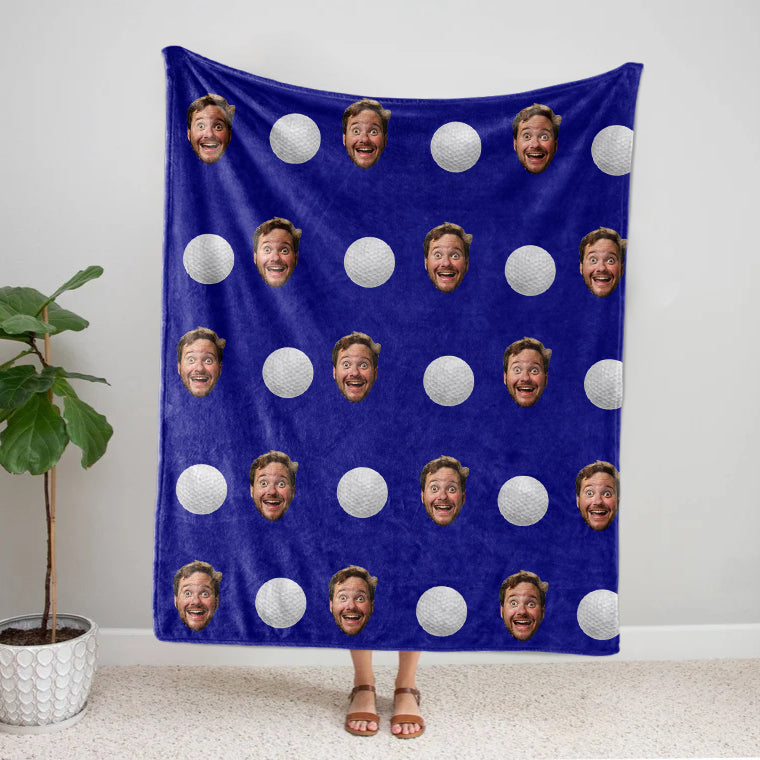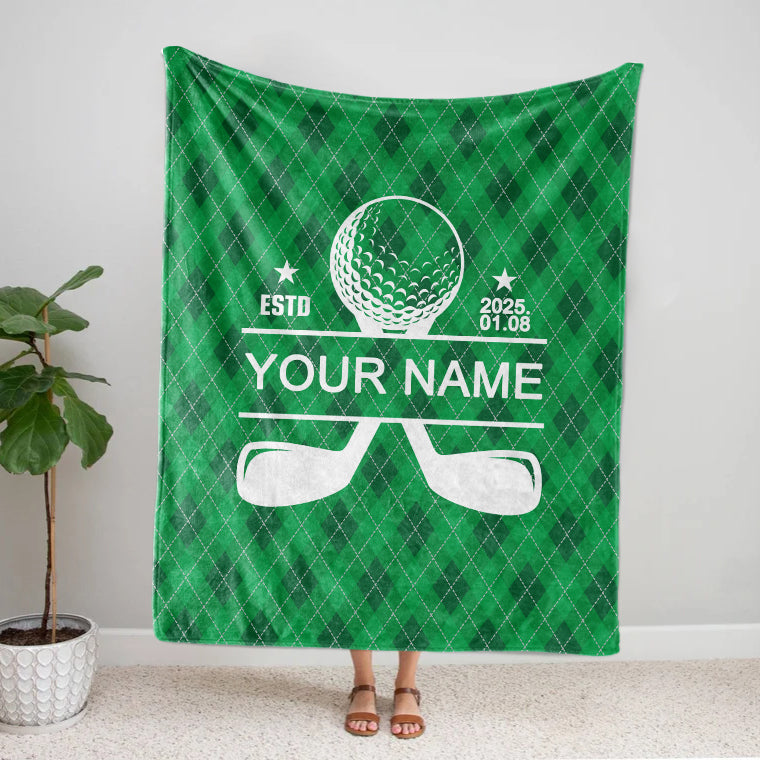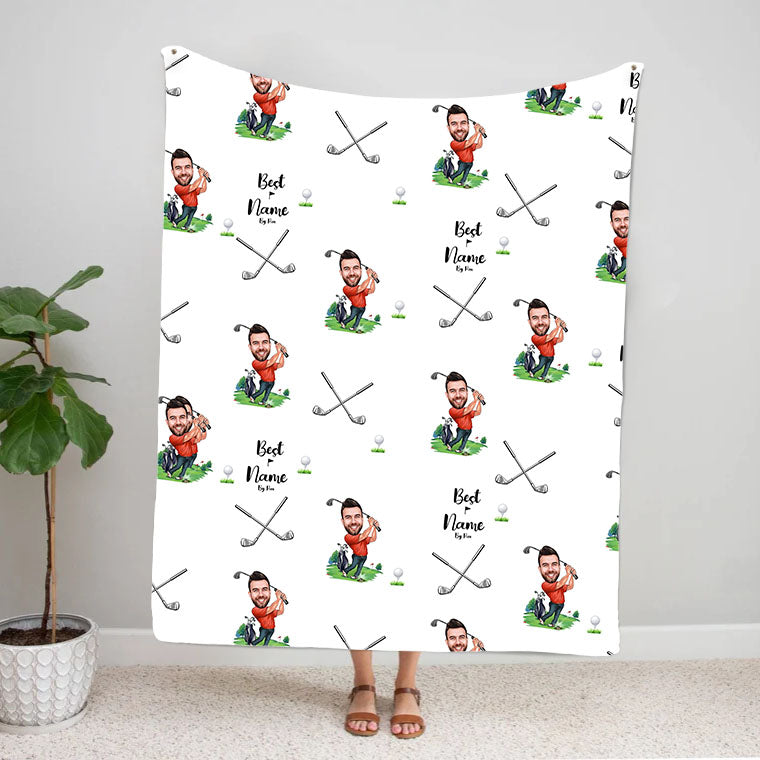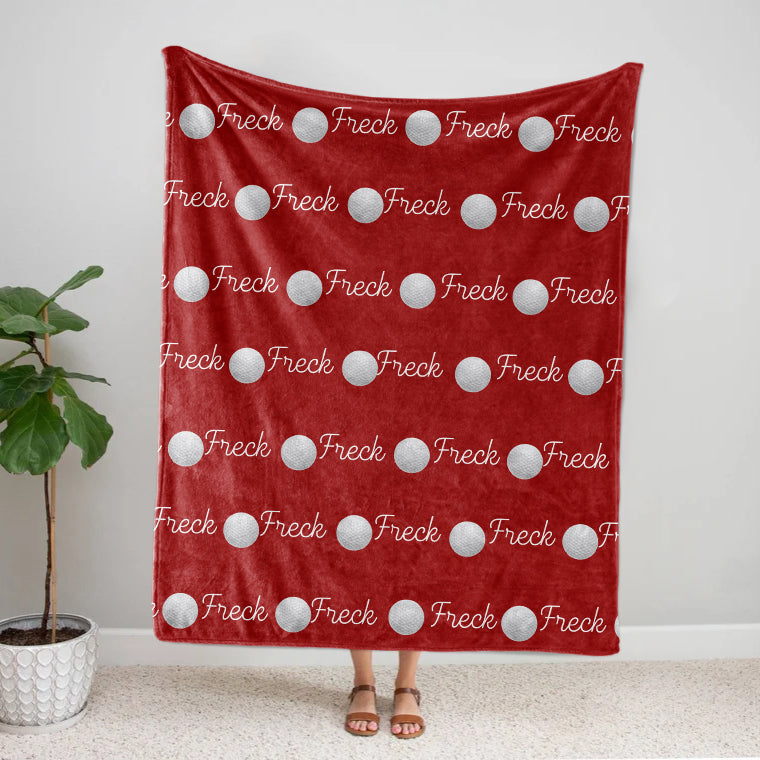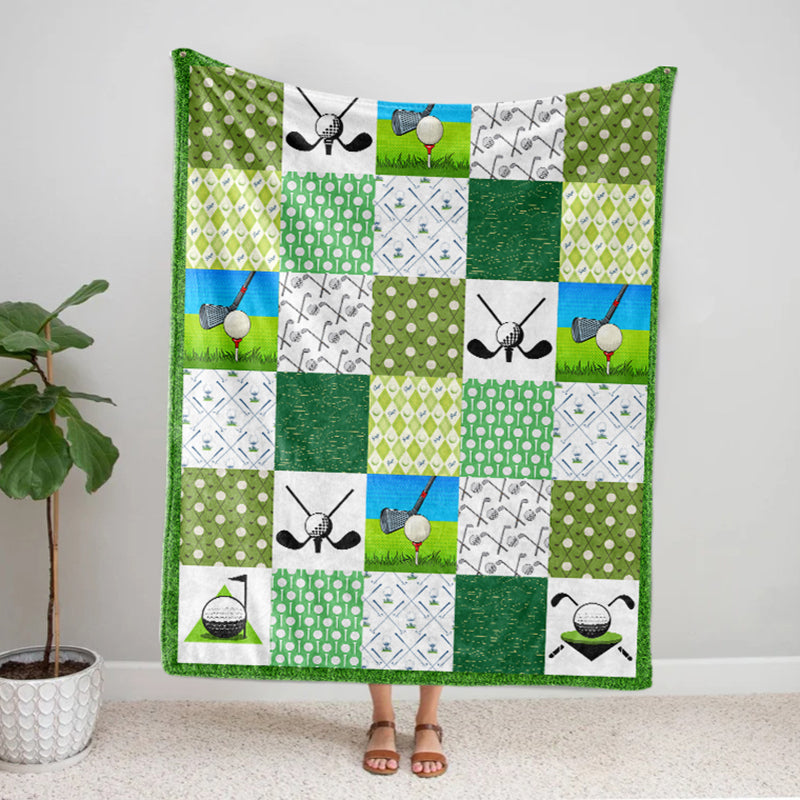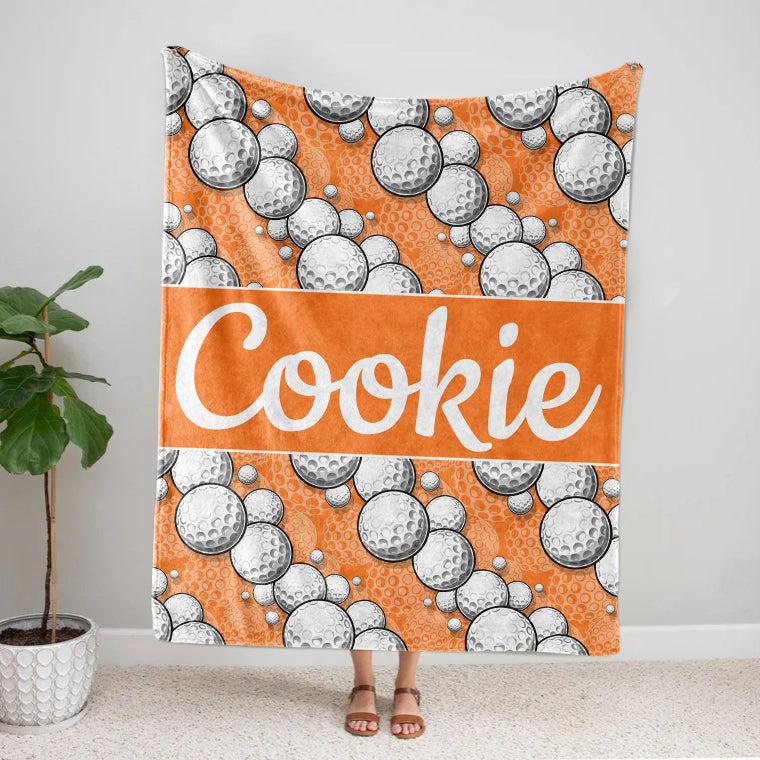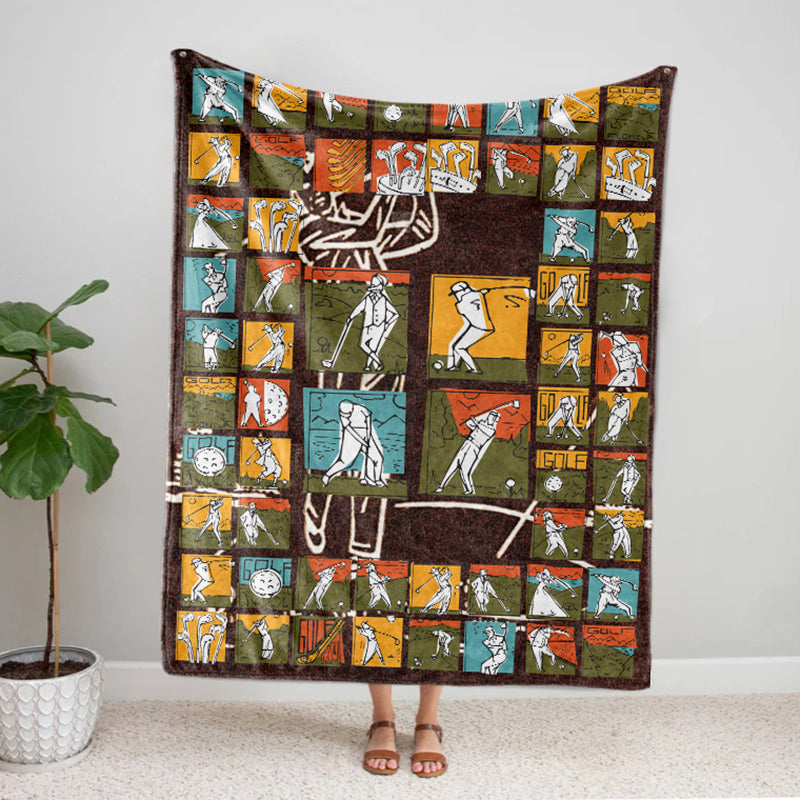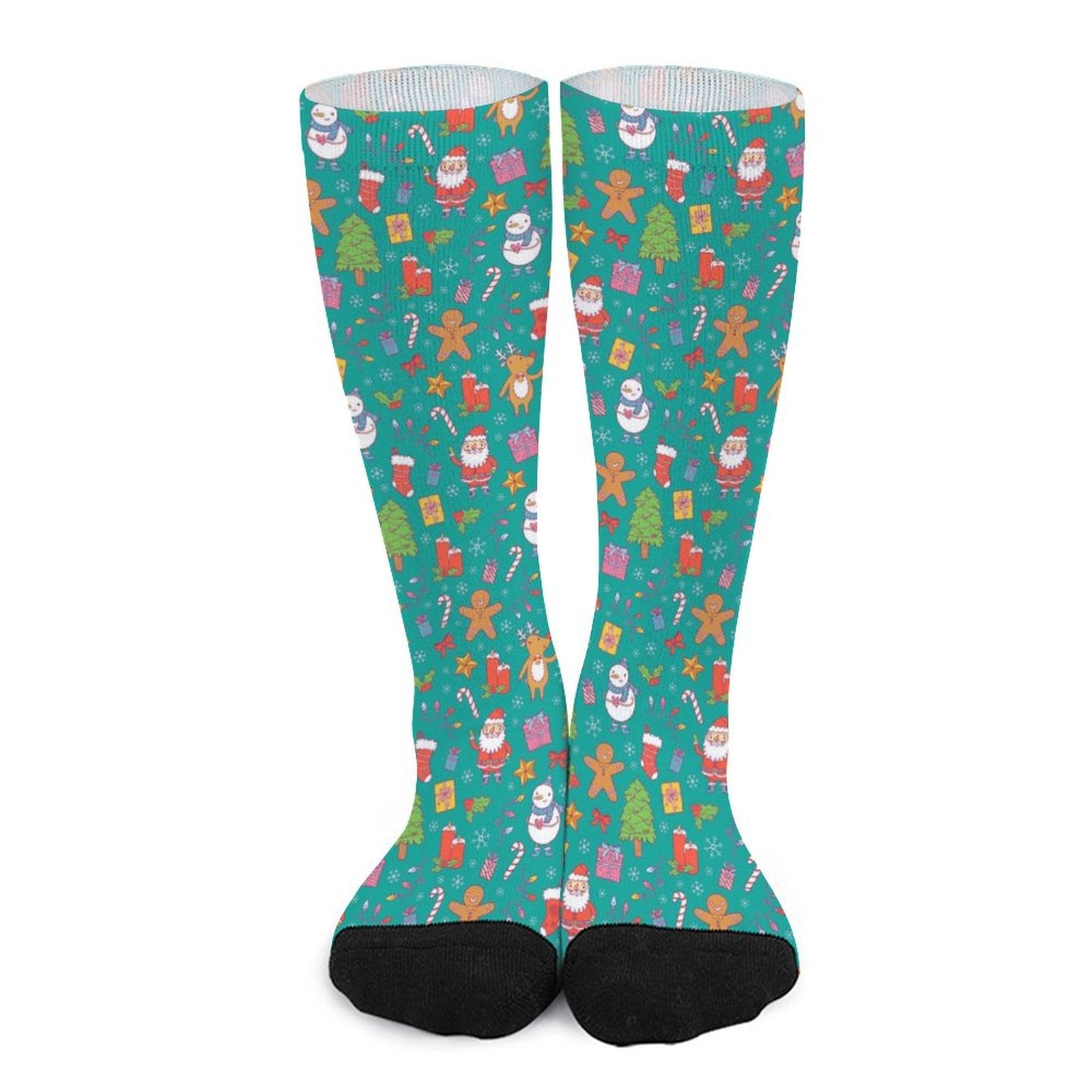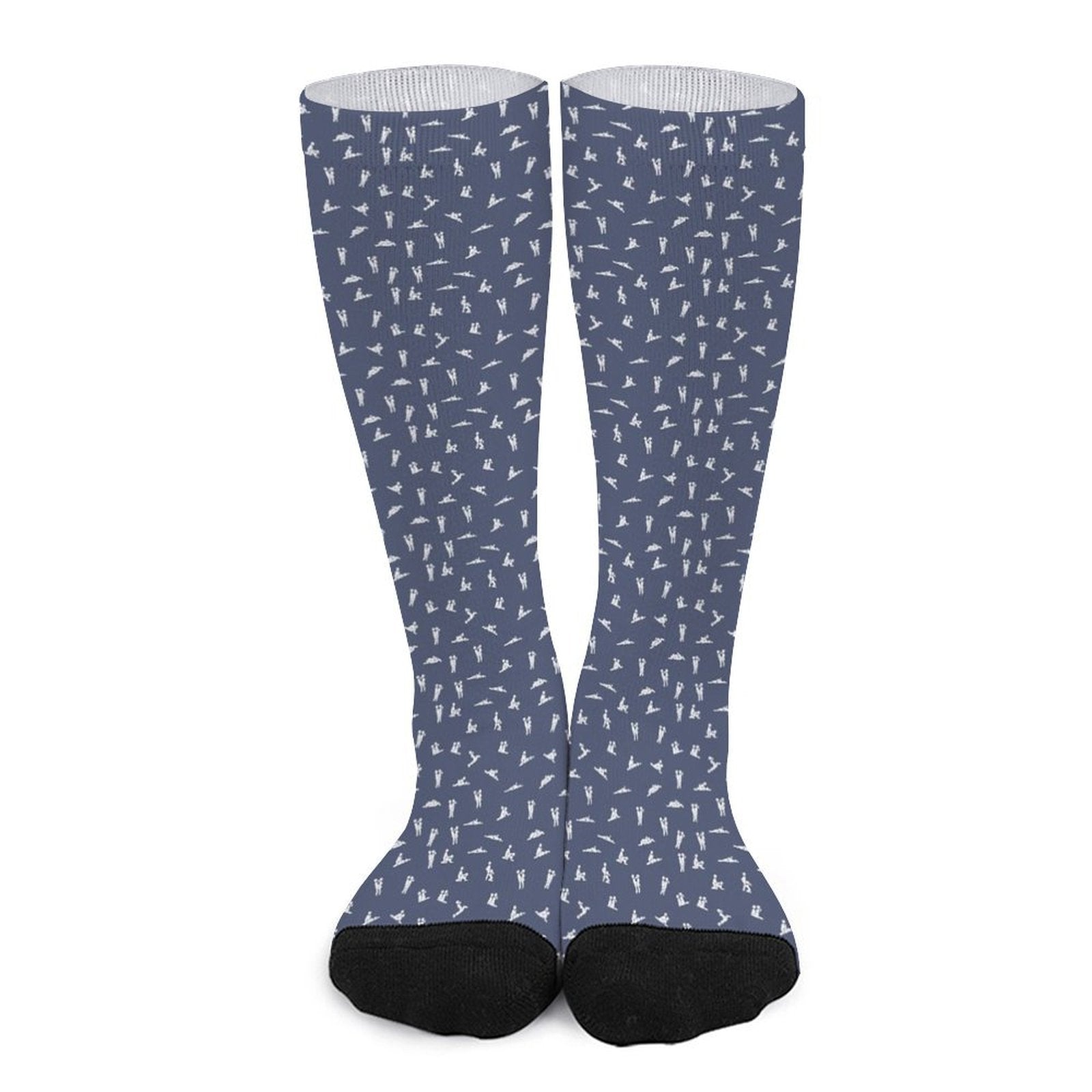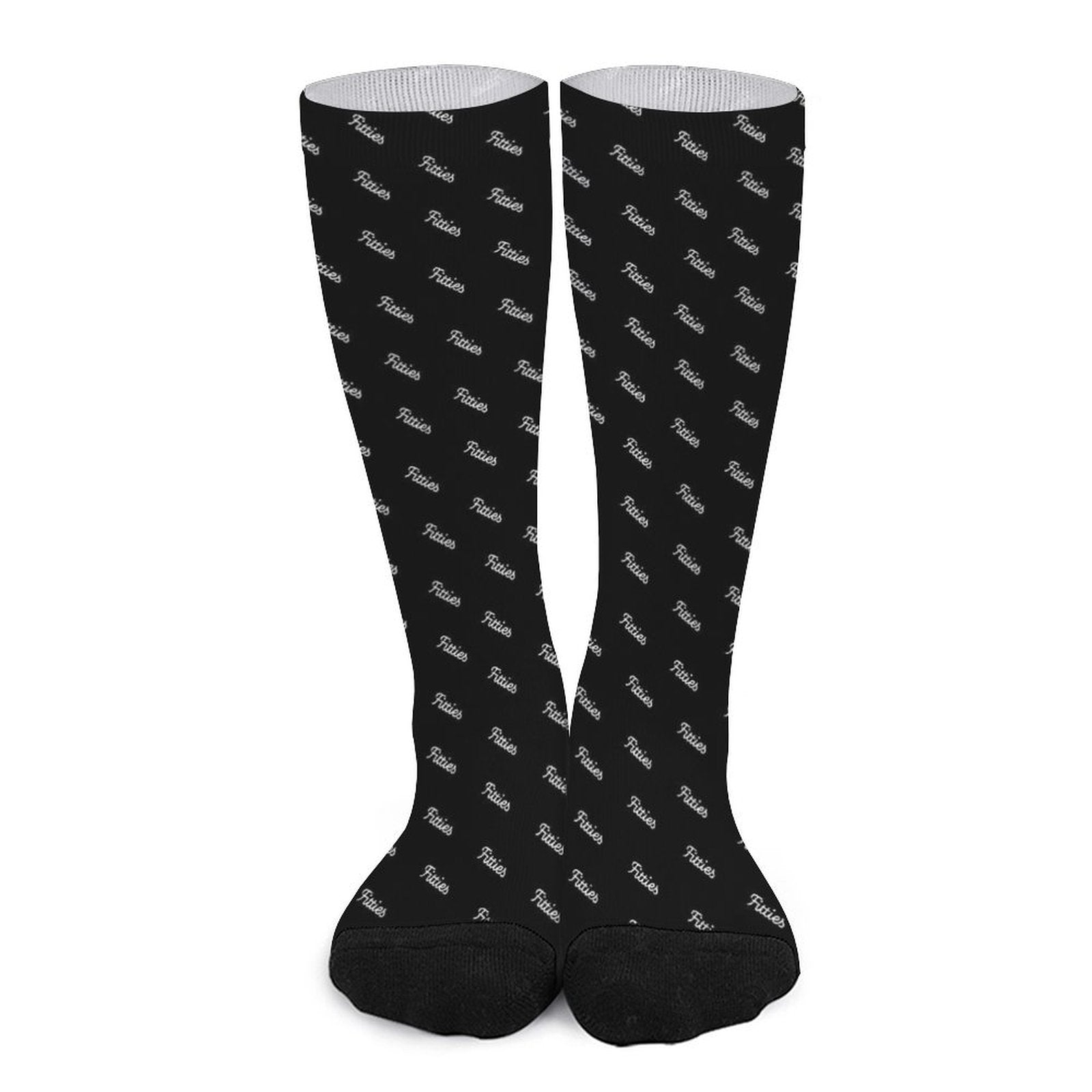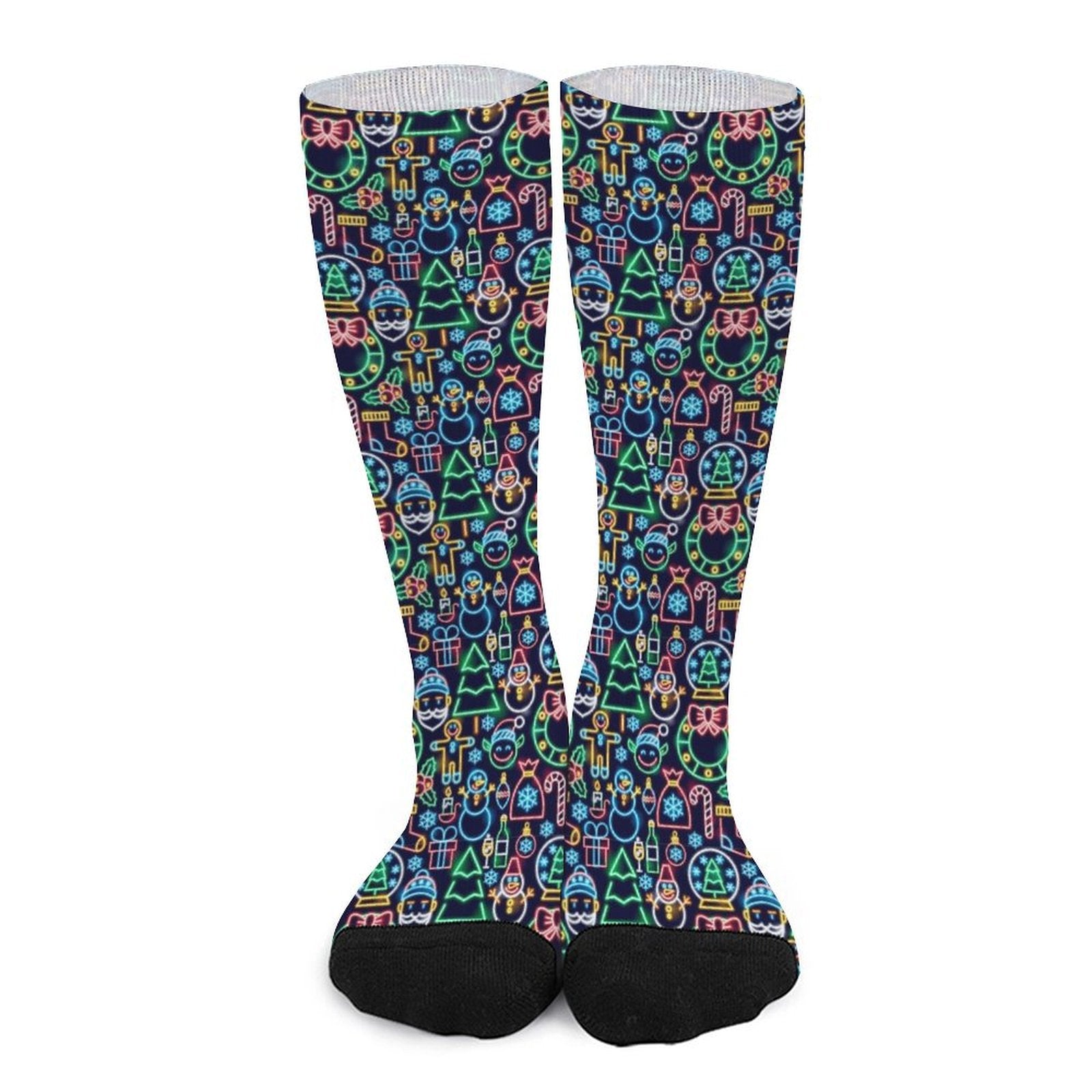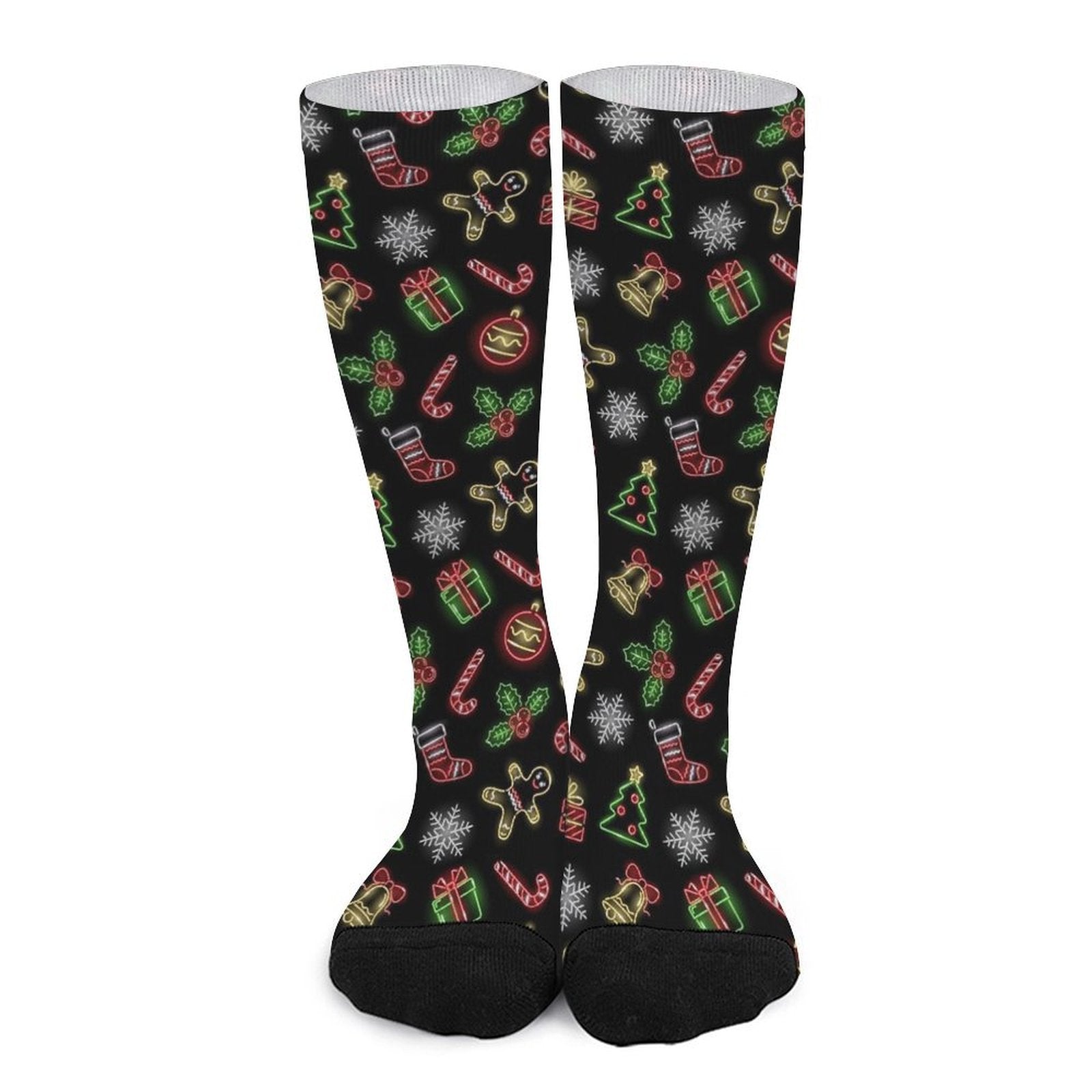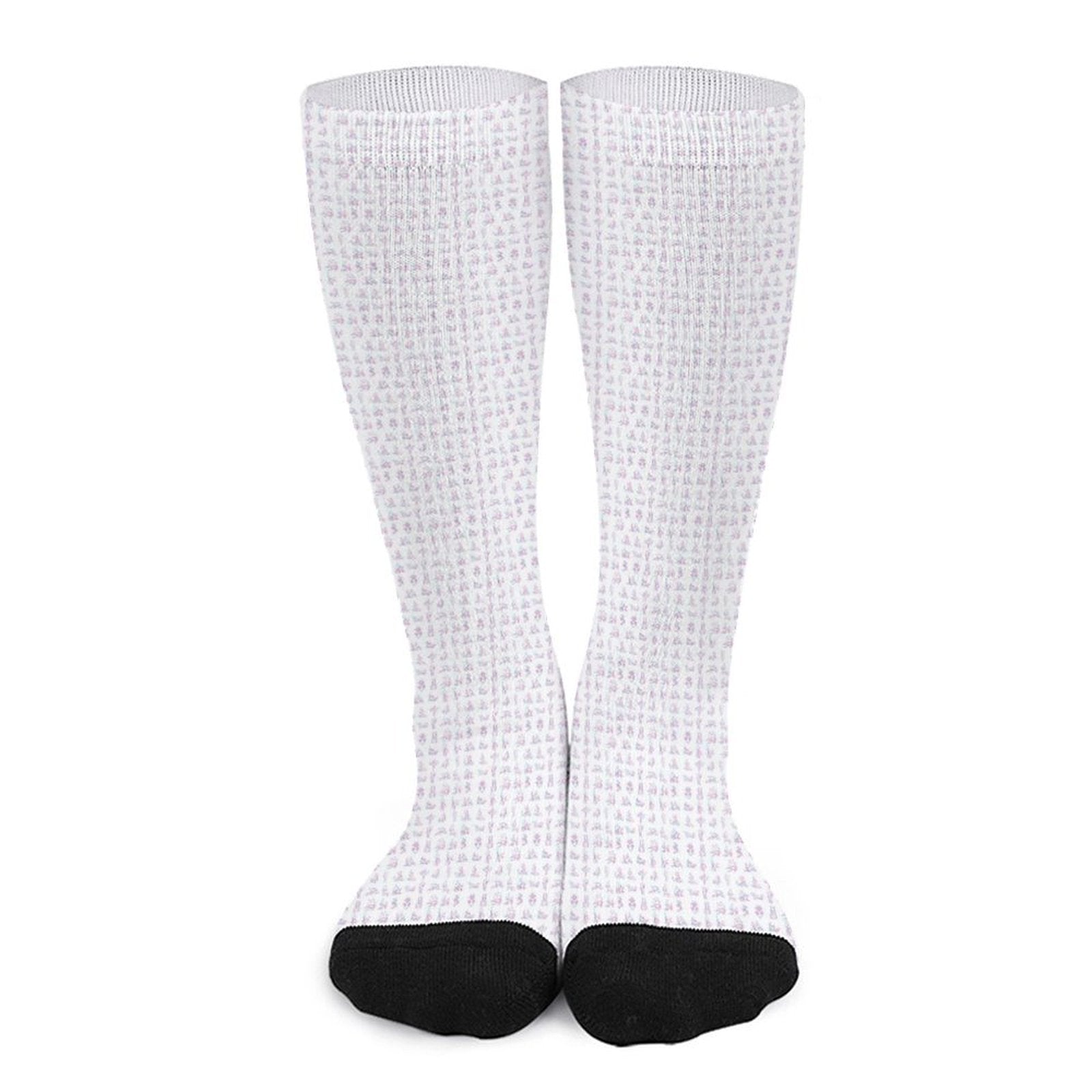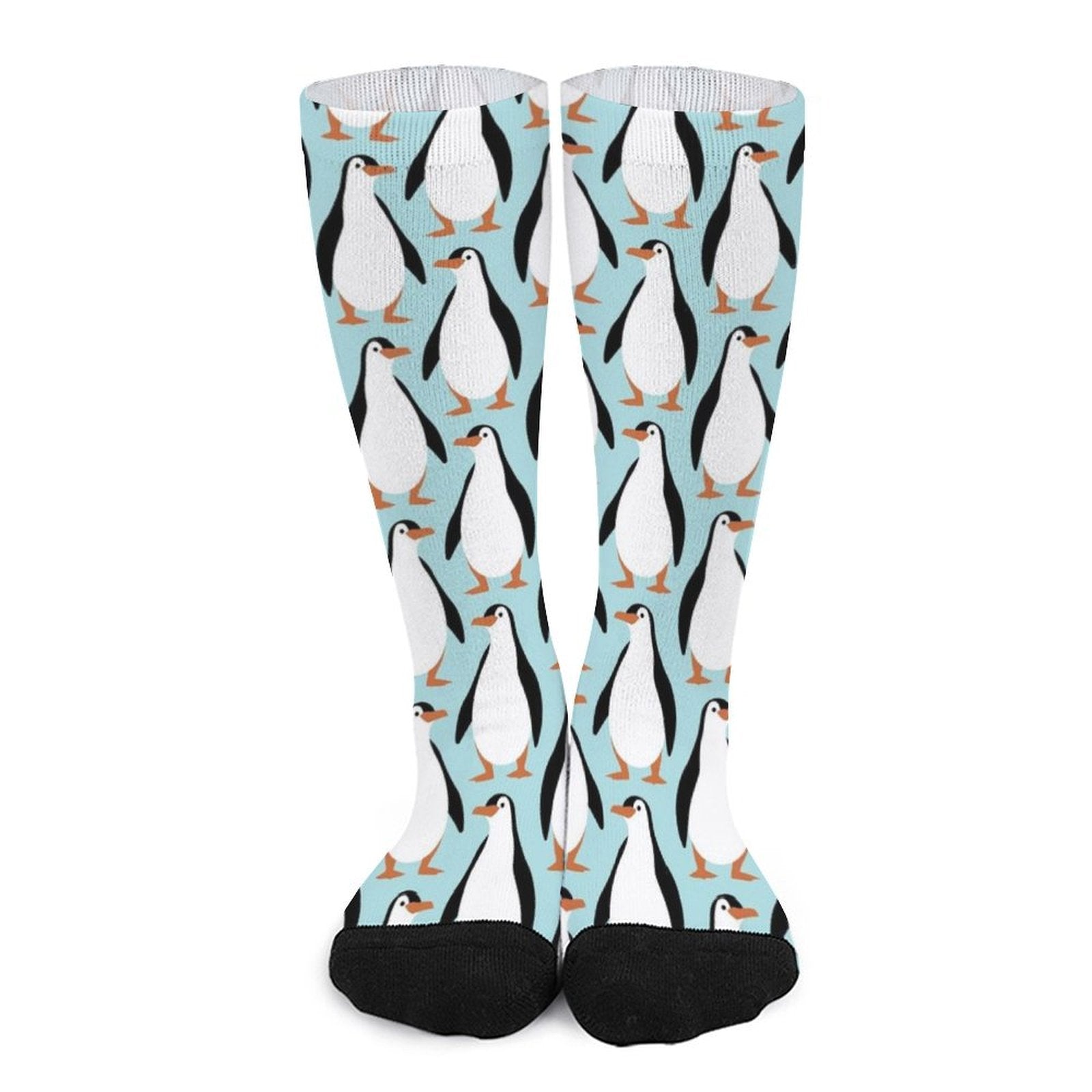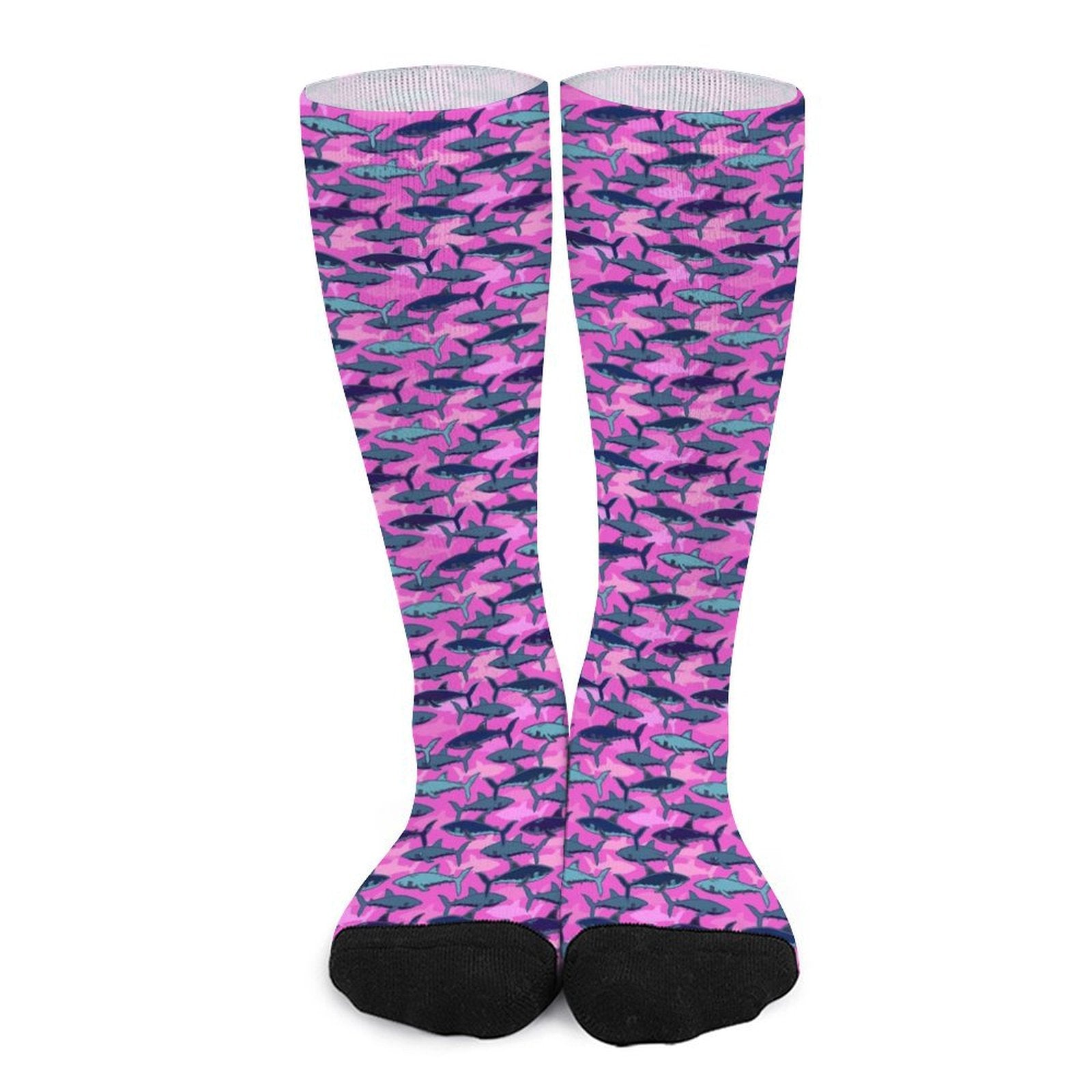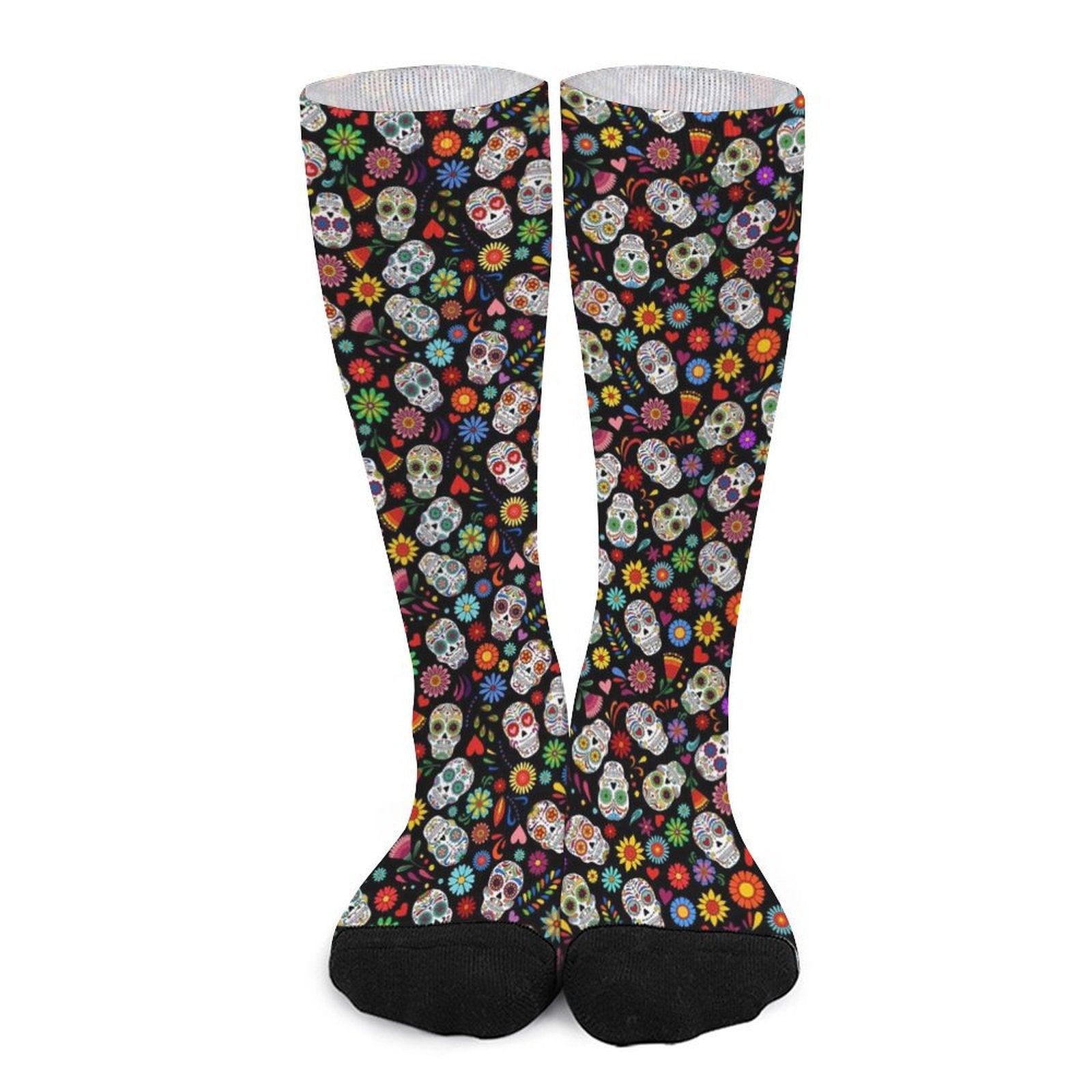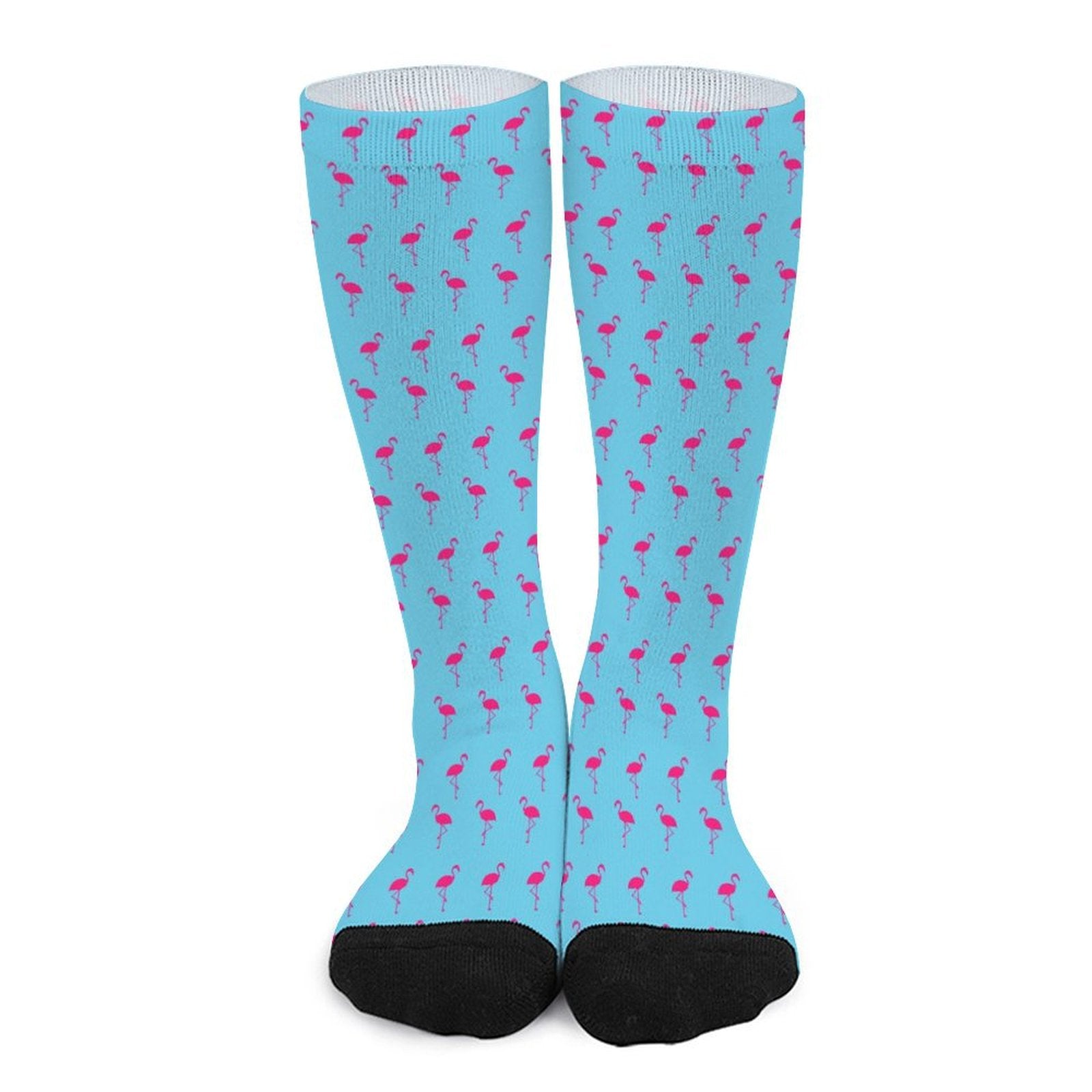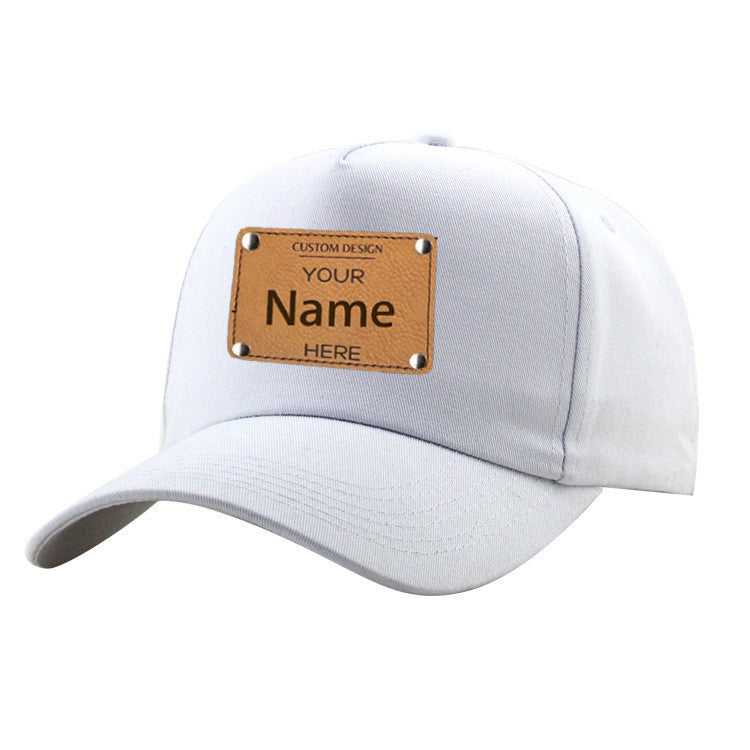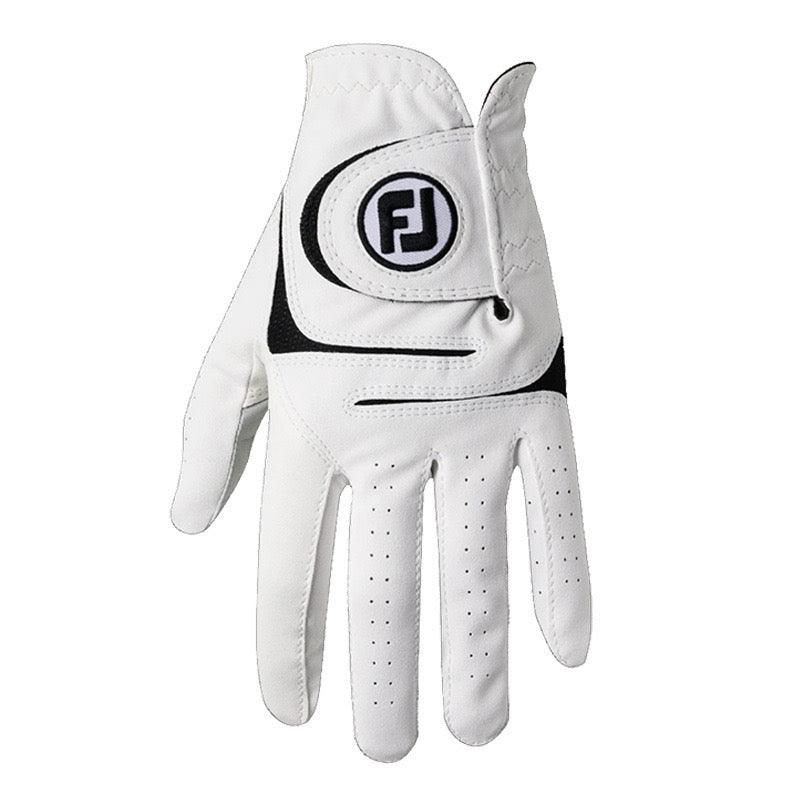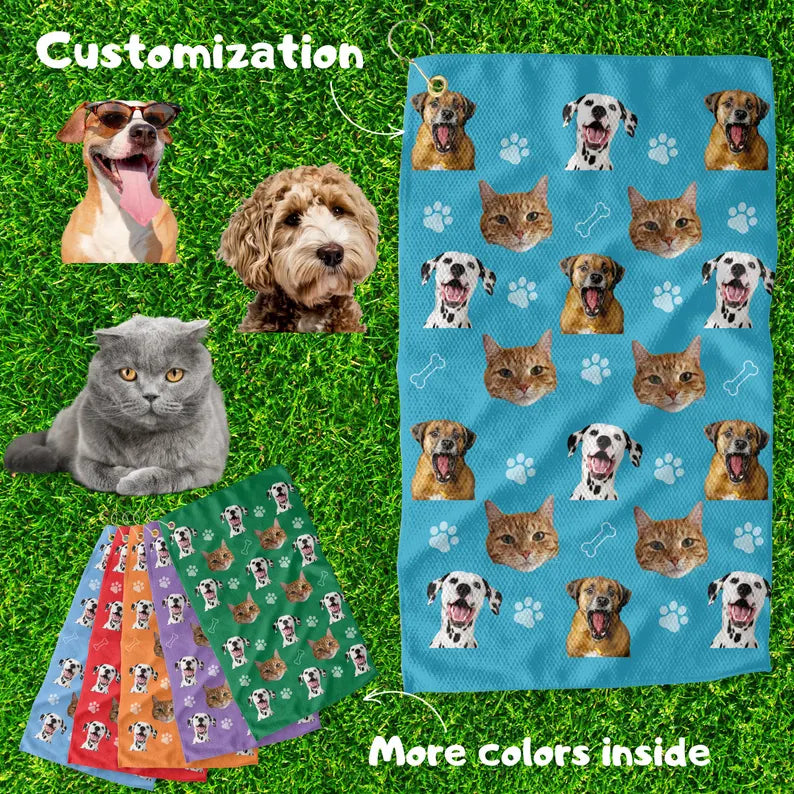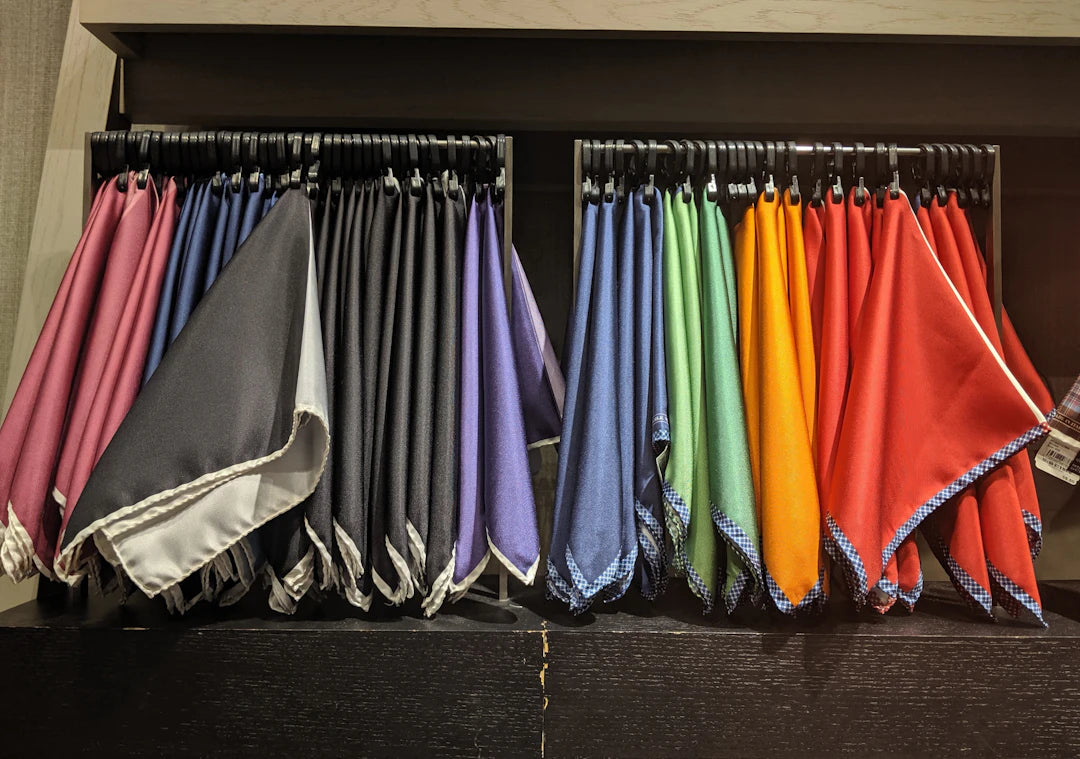
Mastering Golf Clothing Fabrics for Comfort and Performance
Frequently Asked Questions
1. Why is the right fabric important in golf clothing?
2. What types of fabrics are commonly used in golf polos?
3. How does moisture-wicking fabric benefit golfers?
4. What care tips should I follow to maintain my golf clothing?
5. Are all synthetic fabrics suitable for golf clothing?
When it comes to golf, the right clothing can significantly enhance your performance on the course. Golf clothing is not just about style; it plays a crucial role in your comfort and effectiveness during each swing. Understanding the fabrics used in golf attire can help you make informed decisions that will keep you feeling great while playing. In this comprehensive guide, we'll explore the various fabrics used in golf clothing, their characteristics, and how each contributes to both performance and comfort.
The Importance of Fabric in Golf Clothing
The type of fabric used in golf clothing can affect your overall experience on the course. From breathability to moisture-wicking properties, the right material can enhance your game and keep you comfortable regardless of the weather conditions. Investing in quality golf apparel made of the right fabrics is essential to ensure that you are always at your best.
Common Fabrics Used in Golf Clothing
Polo Shirts and Tops
Polo shirts are a staple of golf attire, and the fabric used can vary widely. Common types of fabrics for golf polos include:
- Cotton: Offers comfort and breathability but may retain moisture.
- Polyester: Lightweight and moisture-wicking, great for hot weather.
- Blends: A mixture of cotton and polyester offers the best of both worlds.
Pants and Shorts
The right pants or shorts can enhance your range of motion. Some popular fabric types for golf bottoms include:
- Spandex: Provides stretch and flexibility, allowing for a full swing.
- Wool: Ideal for cooler weather, it helps regulate temperature.
- Technical Fabric: Designed to wick away moisture and provide breathability.
Fabric Characteristics to Consider
Breathability
Breathable fabrics allow air to circulate through your clothing, keeping you cool and dry. This is crucial for maintaining your concentration during a long round of golf.
Moisture-Wicking
These fabrics pull sweat away from your skin, allowing it to evaporate quickly. This keeps you comfortable and prevents chafing, especially in hotter conditions.
UV Protection
Some golf fabrics offer built-in UV protection, which is essential for long days spent outdoors. Look for materials that provide a UPF (Ultraviolet Protection Factor) rating for better skin protection.
Stretch and Flexibility
Golf requires a good range of motion. Fabrics that include spandex, or those designed with stretch in mind, can help you achieve a full swing without restriction.
Understanding Fabric Technology
Many golf brands invest in fabric technology to enhance their clothing’s performance. These technologies aim to improve comfort, fit, and durability.
Advanced Moisture Management
Technologies like CoolMAX and Dri-FIT are engineered to move sweat away from the body and offer evaporative cooling. Utilizing such fabrics can make a significant difference on warm days.
Antimicrobial Treatments
Some fabrics are treated with antimicrobial agents to reduce odors and bacterial growth. This can be especially beneficial for multi-day golf outings where fresh-smelling attire is a priority.
Durability
Understanding the durability of a fabric is crucial. When investing in golf clothing, consider materials that are resistant to wear and tear, ensuring they last through multiple seasons of play.
Maintaining Your Golf Clothing
To maximize the life of your golf attire, proper maintenance is key. Here are some effective care tips:
- Washing: Always follow the care instructions. Generally, cold water washes are best for most golf fabrics.
- Drying: Avoid high heat settings in the dryer. Air drying is often safer for functional fabrics.
- Storing: Store garments in a cool, dry place. Proper folding or hanging can prevent creasing and fabric distortion.
Common Myths about Golf Clothing Fabrics
Myth: Cotton is Best for Golf
While cotton is comfortable, it tends to retain moisture. This can lead to chills and discomfort during play. Choose moisture-wicking alternatives for better performance.
Myth: All Synthetic Fabrics are the Same
Not all synthetic fabrics are created equal. Look for high-quality materials with specific features like moisture-wicking and breathability to ensure optimal performance.
Myth: Heavy Fabrics are Better for Winter Golf
Heavier materials can constrain movement. Instead, opt for lightweight layers that trap heat while allowing flexibility for your swing.
Conclusion: Elevate Your Game with the Right Fabrics
Understanding golf clothing fabrics is crucial for maximizing both comfort and performance on the course. By selecting the right materials and taking care of your golf garments, you can elevate your game and enjoy your time outdoors. Remember, whether you’re facing the summer sun or the chill of autumn, the right fabric can make all the difference in how you feel and perform. Make informed choices that cater to your specific needs, and you’ll see improvements in your overall golf experience.



